Apple : Patent shows Sony’s PSVR 2 could have eye-tracking |
- Patent shows Sony’s PSVR 2 could have eye-tracking
- Best web design software in 2019
- The best photo book service online 2019
- Overclocked AMD Navi graphics cards with dual-fan designs are almost here
- Borderlands is free to play this weekend, ahead of Borderlands 3's release
- Gears 5 is the 'largest Gears to date', according to The Coalition
- .cloud domains: a name that’s made for fame
- BT sells iconic London HQ tower for £210m
- Best waterproof speakers 2019: 10 outdoor speakers for any budget
- Cyberpunk 2077: release date, trailer and news
- iOS 13: beta, release date and feature list
- Why Microsoft could be dropping the ball on software piracy
- PS Plus v Xbox Live Gold v Nintendo Switch Online: which one is right for you?
- Huawei ban: the global fallout explained
- Slack password reset coming to thousands of users
- Best website builder for musicians in 2019
- Best DDoS protection of 2019
- Google brings an AR art gallery to your pocket – and it's all about color
| Patent shows Sony’s PSVR 2 could have eye-tracking Posted: 18 Jul 2019 01:45 PM PDT Leaks and patents have strongly hinted that Sony’s PS5 may be accompanied by an improved PSVR 2 headset, either at launch or later - and a new patent just made public suggest it could track eye movement and head motion.
Image credit: Sony/USPTO What will that do for VR? According to one Sony Interactive Entertainment patent (image above), it will enhance immersion by refining what each eye sees - aka ‘parallax images’ - for improved stereoscopic depth. Sony is also developing tech to keep those images relative when you rotate/tilt your head. But there are other possibilities for eye-tracking in VR, including alternative control methods and/or interface options - which would be a great accessibility option for disabled gamers. Eye-tracking: not just in PSVR?VR isn’t the only place Sony is investigating eye-tracking. Another patent lays out the specifics of an eye-tracking device that could be a plain camera - but given that the context of the patent is about “methods for returning accurate and relevant search results on an online platform,” it’s possible that the company could be working on a greater eye-tracking interface strategy among its other hardware. Like, say, a PlayStation Move successor? Per the patent: “A range camera may instead be used with the present invention to capture gestures made by the user and is capable of facial recognition.” And those applications could go beyond console peripherals: the connecting device could be “a general-purpose computer, a set-top box, or a hand-held gaming device.” Of course, these are just patented concepts that may take years to implement into future devices like the next PSVR - if they're implemented at all.
This posting includes an audio/video/photo media file: Download Now |
| Best web design software in 2019 Posted: 18 Jul 2019 01:16 PM PDT As with any great endeavor, web design is about both inspiration and perseverance. Back in the day, creating web pages was the sole province of hardcore coders, but that’s not the case anymore given that there are numerous tools to simplify the process. Some of these even have a visual interface, allowing you to drag and drop links, text and images as if you were designing a poster or presentation. Other web design tools are geared towards programmers, acting as advanced text editors, and allowing for building a website line-by-line. However, most web design tools exist somewhere between these two extremes. In this guide we have focused on five of the very best tools currently available. When weighing up which to include, we have focused on ease of use, supported web languages, cost, and how easy the tools make it to upload the finished project once you are done. If this is your first time building a website we recommend using a free tool such as Bluefish before spending any money. All premium tools covered in this guide offer a trial version, in any case, so you can get an idea of what they’re about before you commit. If web design software is too complicated for you, then you might want to try online website builders that focus on simplicity and ease of use rather than on offering an extensive feature set.
Image credit: Adobe Adobe Dreamweaver is a long-established app that allows you to code your website design directly, without having to know too much about programming. The software works through a mix of visual editing and HTML editing, which means it shouldn't have too steep a learning curve for most users. Additionally, while coding your own website design requires you to put in more effort than simply using an existing readymade template, at least you have the chance to ensure you get the look you actually want, rather than trying to work around someone else's design specifications. A particularly good feature of Dreamweaver is that it allows you to produce a responsive design, which means your website can be optimized to display on desktops as well as mobile devices, without limiting the user experience. However, if you are a more advanced user you may be pleased to note that Dreamweaver provides multi-monitor support for Windows. It also supports the Chromium Embedded Framework (CEF) to work with HTML5 elements and CSS grids. Additionally, there's also support for Git to allow you to edit source code directly from within Dreamweaver. Dreamweaver is available as part of Adobe's mid-range packaged app subscription service, Creative Cloud, which also includes Photoshop. The subscription costs from $20.99 a month if you pay annually, and also comes with a month's free access to Adobe Stock image. Alternatively, if you only wish to pay monthly, it costs $31.49 per month.
Image credit: Bluefish Bluefish is amongst the smallest web design tools available today. The tiny installer weighs in at just under 53MB and setup takes only a few moments. While the interface is text-only, it's clearly designed with novices in mind as it employs clear-cut toolbars, user customizable menus and syntax highlighting. While the main focus is on HTML, Bluefish supports a huge range of other languages including PHP, Java, JavaScript, SQL, XML and CSS. Unlike visual WYSIWYG web design tools, the text interface makes for much cleaner code. Bluefish has an excellent search function, allowing you to find text across multiple projects. The tool also has no trouble juggling hundreds of documents at the same time. Although Bluefish supports working with remote files, the varied and useful dialogs and wizards don't currently support direct upload of web pages via FTP. Despite the best efforts of the developers, Bluefish may take some time to get used to. The tool is available free of charge, however, so you have nothing to lose by giving it a try. During our test on a Windows 10 PC we found we had to install GTK+ 2.24.8 in order to run Bluefish. A download link for GTK is available via the Bluefish website.
Image credit: Atom Atom is an open source editor for designing, developing, and editing code. It's very easy to use and there are developer tools to simplify the process. The integrated packet manager also means you can add additional features directly from Github, who developed Atom, and there's a drag-and-drop feature for moving files and folders around. While a lot of people may be intimated by the idea of coding if they have no programming experience, at some point in the web design process it can be important to be able to edit code directly. This is particularly helpful if you want to customize code for existing software add-ons in order to get the features you want for your website. Note that existing text editing apps are not good for working with code as they insert additional formatting that can render your code useless. Hence the need for a dedicated code editor. However, Atom is free to download and use, and the extensive range of libraries available could be especially helpful. Furthermore, Atom's user interface can be tweaked and customized directly or via installing the third-party themes that help you work best, or the ones which simply make the program easier to use. Atom also comes with a very strong support community.
Image credit: Google Google Web Designer is primarily for creating interactive content in HTML5, JavaScript and CSS. In plain English, this means its primary function is to build ads. The good news is that this is done via an extremely simple to use GUI which incorporates point-and-click design tools covering text, basic shapes, 3D animations and much more. Any 3D features are shown on a timeline at the bottom of the window. The panels on the right-hand side of the interface allow you to fine-tune further options such as colors. Google Web Designer also incorporates a handy library of extra components such as images, videos and other advertising tools. Advanced users can toggle between the default 'design' view and 'code' view, which is why the tool can support creation of more advanced features besides ads – provided you have the knowledge and patience to program these yourself. Google Web Designer is still in beta testing, so lacks certain features such as being able to open HTML files created outside the tool. Nevertheless, it does include a handy web preview option which will open your current project in your default browser. You can also automatically publish content. This Google offering is available free of charge for Windows, macOS and Linux.
Image credit: Webflow Webflow is a cloud-based service which has been created specifically to allow people with no coding knowledge to get started with web design. Aside from being truly cross-platform, as it's web-based, Webflow emphasizes the concept of 'smart codelessness'. In the first instance this means a crisp drag and drop interface allowing you to drop elements such as text and images seamlessly onto a page using one of the freely available templates. Unlike many WYSIWYG editors, the code produced is very clean and well-written even if you choose the 'I have no coding experience' option during setup. Webflow's automation tool will create the necessary HTML/CSS code for you. You can make granular changes to individual elements using the panels on the right. Webflow offers a free demonstration of its features via the website, and you can also subscribe for a free Starter package which allows you to create up to two projects. If you require more than this and/or need web hosting services too, prices start at $24 (£18, AUD$32) monthly. This is a little pricey compared to equivalent tools, mind you. Webflow also has little support for e-commerce plugins or marketing tools. You can use a separate tool such as the aforementioned Google Web Designer to create interactive advertising content if you wish.
Image credit: WordPress WordPress is an alternative way to set up and design your website, being rather different to the other offerings we've highlighted here because it's actually a content management system (CMS). The power here is that it is a simple matter to set up a website in minutes. Indeed, many web hosting packages include a one-click install of WordPress from their Control Panel, but even without that, WordPress is relatively easy to install. Once installed, the backend for administration and management is very user-friendly. You can use the existing WordPress design templates for your website, but more likely you will want to download and install an existing free or premium WordPress template – all of which can be done with just a few clicks. Even if you would prefer to work with your own design, you can often do so using drag-and-drop functions, usually from a downloaded design with an in-built framework. This can allow you to create a professional-looking website without having to learn programming or coding at all. Better still, there are so many free add-ons available to download and install, often requiring nothing more than a few clicks. This makes the whole process of customizing your website very simple, and it does not require any professional skills. Overall, WordPress is a very easy CMS to use, and can provide a very quick way to get any form of website online fast. The huge variety of template designs and additional community supported features mean that getting something which is near the mark of what you want isn't hard at all. Just ensure that in the settings you select to turn off comments so as to avoid spam.
Image credit: iStock Other web design tools you might find usefulIf you're involved in web design, the chances are you'll also need some graphic design skills and assets. Here we'll look at a couple of other resources and assets you'll properly need to help with your website design process:
You don't need anything too expensive or fancy unless you're chasing a career in graphic design or illustration. However, you'll probably find yourself wanting to create simple logos, headings, text features, as well as manipulate photos, all as part of your website design. There are a lot of different packages out there, from GIMP which is a completely free software platform, to older software such as Jasc's Paint Shop Pro which remains a competent program that can be bought on the cheap at Amazon. Alternatively, check out these other features for the latest in best, and sometimes free, software you might want to use: 2. Stock photos On top of creating your own graphics, there's also a good chance you'll want to use stock photos to really give your website a professional look. Stock photos are available on almost any subject matter, and on top of that there are also an increasing number of stock video websites, in case you want to add video media. Even better is that there are a number of free stock image and video websites, but be advised that these tend to be much more limited than paid-for stock image sites. Here you can check out some of our features on these, to help you choose the best ones: You might also want to look at our many web hosting guides:
This posting includes an audio/video/photo media file: Download Now |
| The best photo book service online 2019 Posted: 18 Jul 2019 12:47 PM PDT Smartphones have revolutionised photography in so many ways. But one of the negatives of having all your photos in your pocket is that they become disposable. When was the last time you memorialised an important family event or vacation of a lifetime photo in a photo album? Photo books allow you to distil your myriad photos down to just the best and have them immortalised in print, all laid out in a beautiful book for you to enjoy with your family and friends. On many photo book sites you can even design the product yourself, and they're not only brilliant for immortalising your own memories but they make for fantastic gifts as well - poignant presents for birthdays, christenings, Father's Day, Mother's Day, Christmas and beyond. And the very best photo books are super simple to prepare, too. Most of these sites are exceedingly easy use - allowing you to simply upload your favorite photos and lay them out in a way you feel matches the importance of your snaps, choose the size, shape, cover material and type of paper. We've trawled photo book services across the US and the UK for important factors like price, speed, quality, range of options, software simplicity and more to give you our selection of the five best photo books on both sides of the Atlantic. Top 5 best photo book sites in the US:
The key here is that the Mixbook software is easy to use which makes collating your photo book a pleasure rather than a chore. Also, the finish is so excellent that you feel like you've created a work of art rather than fuzzy printed images. The templates are simple yet fully editable so you can be as creative or as quick as you like. The addition of backgrounds makes for a great finish, which you can do in varying materials with stickers and more. A 20-page 8.5 x 8.5-inch Mixbook hardbound will set you back around $35.
Snapfish not only offers plenty of simple-to-use templates but it actually guides you through the process, too. There are over 120 themes to pick from with a huge selection of backgrounds all of which are easy to pick and pair as the book editor guides you through each stage with drag and drop simplicity. The only downside we've noticed is that the final physical book photo quality could have been better. But there are often deals to be had here that get you a good price for your next photo book.
Shutterfly offers another option for those looking to breeze through the software side of work while creating a great physical book. Content is plentiful with lots of backgrounds and template variations that mean you can personalise your book as you want. Sometimes the odd photo in the print are reported to be less than perfectly even in terms of balance, but quality is still generally high.
Picaboo takes fourth place as, once again, this offers some great software that straddles the line between easy-to-use and rich with content for creative options. The ability to search through background and clip art is really useful. This falls down on print quality compared to the top two, but is still better than most others out there. A nice option to polish photos and help them match backgrounds is a great touch here that makes a professional finish a possibility.
You buy everything else from the retail giant, so why not your photo book as well? With Amazon Prints you can put together your dream photo book with all those cherished memories before ordering with the rest of your shop. Amazon Prime members get preferential treatment in terms of delivery time, but everybody gets to select from the dozens of customisable options and sizes. You can get up to 150 pages of photos, text, and embellishments with an optional glossy hard cover. Well worth a look. Top 5 best photo books in the UK
Snapfish is our favourite photobook provider in the UK, making it a great option on both sides of the Atlantic. You can be as hands-on or hands-off as you like - it's up to you whether you chose every last minutiae of detail, or let Snapfish's own set designs do the heavy lifting. We definitely appreciate the fully editable features meaning you can get the layout exactly as you desire without the compromise that some competitor photo books force you to make. It also offers a simple way to create photo books with lots of personalised options. There are plenty of design choices in the software from clip art to templates. The slight difficulties to search through content is a bit of a drawback however - so while you have lots of options, finding them can take time. But that shouldn't detract too much from this excellent provider.
Bonusprint is easy to use and delivers a good quality print result. But what's really nice to know is that the customer service is also excellent. So even if you do somehow find an issue, you'll be able to get it fixed right away. Since this brand has been around since 1979 it knows how to run a photobook business with the customer at the forefront, and you feel that through the process. Plenty of deals are also available if you keep your eye out, so this can be very affordable, too.
The photo book print quality from Photobox is great. meaning you know your end result is going to be excellent. That can be useful to bear in mind if you struggle navigating the software or run into issues uploading hundreds of photos. Otherwise its spot on and the easy-to-use software even offers assistance should you feel lost. A great service for those new to photobook creation and also an affordable option, even if you do opt for the next day delivery. There are lots of other options like calendars and mugs also on the site.
For a photo book service in the UK which offers ease of use, wide options for things like templates and backgrounds, plus a quality finished product, Cewe is worth a look. For £20 you can get a quality printed photo book, which is easy to build using computer or mobile software and that is simple to install and use. Varying paper options like gloss and matte, plus nice options for the covers like faux leather are great to see, too. There's even a 24/7 UK-based customer service support team and a 14-day money-back guarantee to sweeten the deal.
For sheer print quality Bobs Books offers a really impressive offering with stunning photos. Despite the high quality, pricing is relatively low with £9 getting you a 26-page book at 300gsm premium paper quality. Images are sharp, colours are punchy, sharpness is spot on and dynamic range is realistically accurate. The online creator software is easy to use although book designs are limited. There is an iPhone app and even a professional design service available if you need that as well. This posting includes an audio/video/photo media file: Download Now |
| Overclocked AMD Navi graphics cards with dual-fan designs are almost here Posted: 18 Jul 2019 11:11 AM PDT Aftermarket components maker ASRock has pointed out new AMD Navi-based graphics cards with dual-fan designs and out-of-the-box overclocking, HotHardware reports. And, MSI has teased its own design, also according to HotHardware. AMD's Radeon RX 5700 and 5700 XT graphics cards are an affordable pair of high-power hardware, but were limited to blower-style designs and factory clock speeds at launch (except the Anniversary Edition). Clearly, that's changing soon. We learned previously that AMD's add-in-board partners would release new designs in August, and the hope was that some of those new graphics cards would include different cooling solutions. The blower-style design seen on AMD's reference cards may offer consistent cooling in different setups, but that doesn't mean it's powerful cooling. We saw temperatures for the Radeon RX 5700 XT hit 81 degrees Celsius in our testing of the card. Overclocking would likely see the temperatures go even higher.
Enter partnersAMD's add-in-board partners can change things up. ASRock, for instance, will swap out the blower for dual fans in its Challenger series. In the case of the RX 5700 XT Challenger OC, this will let ASRock bump up some of the speeds a little. It will offer a base clock of 1,650MHz, game clock of 1,795MHz, and boost clock of 1,905MHz. That compares to the reference cards 1,605/1,755/1,905MHz. MSI's Mech OC version of the new Navi cards don't have much in the way of details yet, but they'll similarly have dual fans and overclocking. Both cards should should arrive in the latter half of August. This is good news for AMD fans that want to get the new RX 5700 or RX 5700 XT but don't want to get stuck with the current versions. While we don't see the peak clock speed increased, higher base clocks should offer across-the-board improvements. And, the switch in designs may eventually let some board partners offer cards that are even cheaper than the reference models from AMD. That would be a further drop in addition to the one AMD already pulled on Nvidia after the announcement of the RTX Super graphics cards. Be on the lookout for more new designs from the likes of Asus, Gigabyte, EVGA, and plenty more soon.
This posting includes an audio/video/photo media file: Download Now |
| Borderlands is free to play this weekend, ahead of Borderlands 3's release Posted: 18 Jul 2019 10:47 AM PDT Attention all vault hunters! Borderlands: Game of the Year edition is free to play this weekend for those with Xbox Live Gold, ahead of the release of Borderlands 3 in September. From July 18 to July 21, those with an Xbox Live Gold subscription can play Borderlands: Game of the Year edition for free on Xbox One.
This special edition sees the original Xbox 360 game enhanced to Ultra HD and includes all four add-on packs. In addition, the GOTY edition includes local co-op support for up to four players on a single console and a mini-map – neither of which were available in the original version. Check out the trailer below: Borderlands: GOTY edition is only free to play for the set period, but if you decide you want to purchase the full game after that then you get 50% off the full price. Even better, all your save data will transfer across to the full game. Borderlands 3 is due for release on September 13 for Xbox One, PlayStation 4 and PC. This posting includes an audio/video/photo media file: Download Now |
| Gears 5 is the 'largest Gears to date', according to The Coalition Posted: 18 Jul 2019 09:51 AM PDT We've been waiting a long time for Gears 5 to release and, according to developer The Coalition, the wait is going to be worth it. In an interview with Game Informer, The Coalition's multiplayer design director Ryan Cleven revealed the next installation in the Gears of War franchise is going to be the biggest we've seen yet, primarily due to its wide and diverse range of modes. "Gears 5 is the largest Gears of War to date," Cleven said. "It's the largest campaign ever made, the largest PvE ever made, the largest versus ever made."
This isn't particularly surprising considering the vast number of single and multiplayer modes Gears 5 is bringing with it: Campaign, Escape, Horde, Arcade, Tour of Duty, Bootcamp, Escalation, King of the Hill, Arms Race, Dodgeball, Execution, Guardian, Team Deathmatch and Warzone. And, those are just some of the ones we know about at launch. In addition, Gears 5 will feature new map-building and sharing tools which will keep players busy for hours on end. Can't wait?
Can't wait to get your hands on Gears 5's multiplayer modes? Well, you're in luck. The Coalition has confirmed that it will be hosting technical test sessions for some of Gears 5’s Versus multiplayer modes in July. These tests will take place across two sessions so if you can’t make one, be sure to block out your calendar for the other. The first session will run from July 19 until July 22, while the second will run from July 26 until July 29. Gears 5 will release on Xbox One, PlayStation 4 and PC on September 10, 2019.
This posting includes an audio/video/photo media file: Download Now |
| .cloud domains: a name that’s made for fame Posted: 18 Jul 2019 09:42 AM PDT Google, Facebook, Wholefoods, Virgin. Global fame might not be the end goal for all of us, but when it comes to naming your company or product, and choosing your domain name, there’s pressure to get it right. Not only will the right name resonate well with potential customers, it’s also an opportunity to show what your company represents. Furthermore, name recognition and a consistent brand experience will build trust with customers and draw in prospective customers. As a result, choosing your company name isn’t something that should be taken lightly. With new businesses entering the market every day, and the UK claiming a new business “birth rate” of over 10% per year, how can you ensure you select the correct name? This question is no stranger for .Cloud, the smart domain for modern business. Based on extensive experience with our customers, which are often new businesses, let us offer you a couple of tips so you can start your business off on the right foot. Before diving into the more complex aspects of choosing a name, it’s important to get the basics right. Domain name basicsMost potential customers will hear your business name before they know anything about your products and services. You want to avoid difficult names to spell, pronounce, explain or remember. In most cases, keeping your name short and memorable and avoiding complexity is best. Of course, there are always exceptions and reasons to break the rules, and if you do, weigh in the benefits and disadvantages. Keep in mind that dropping letters or using odd spellings can be tricky sometimes for your audience to remember and find you online, especially at the beginning when you are building up your online presence. You also want to avoid being too local, you need a name that grows with you. Often times, customers go with regional or country specific domain names and as they expand into new territories, they realize they need a more global sounding domain name. If you know from the beginning that your audience could potentially be global, choose a domain to match like .com or .cloud. For many modern businesses, the domain name is the front door. People see your business name and domain name in the search results, online ads, and social media. You have seconds to capture their attention, so think about your name in this context. What does it say about you? Is it interesting and creative? Names that are too generic and boring might drive your audience away. Above all, choose a name that you absolutely love. This is your chance to be creative and pick a lasting name. Take the time to explore the options. “Name”-stormPerhaps you already have a name or idea in mind or maybe you don’t know where to start. Start by writing down all the ideas you have for your business. Next, turn to Google to research keyword suggestions, trends and popularity. There are also plenty of online tools to help you research, if you feel stuck. You will find a great resource in dictionaries, thesauruses and translators. Taking it a step further, you could use OneLook for example, which will let you match keywords with short phrases. Moby Thesaurus on the other hand will allow you to find synonyms and word associations. These tools will help you make your idea come to life. Also, don’t underestimate baby name generators! Using interesting first names for companies and startups is becoming more and more popular – it might be the best match for you. Once an initial name is determined, it’s important to vet and secure it. Think about evaluating cultural sensitivity, trademarks and competition. Additionally, do an online check to see if corresponding domain names are available for your business name, as well as on social channels. It’s important to do this research so you can create a strong and consistent online presence. Be creative with new domain choicesThese days there are many more choices with domain names. In the past several years many new domain extensions became available such as .cloud, .shop and .design. These new domains offer you a chance to be more creative, bold and modern with your domain name. Also, you can create a short and impactful domain name with two keywords, for example united.cloud. Finally, after narrowing down your choices, we recommend getting feedback from your trusted advisors. We recommend asking your business partners, perhaps staff and maybe even a few of your customers what they think. Their feedback will show whether your name conveys the intended message, if it’s memorable and if it evokes a sense of trust. If all these steps are confirmed, you have found your name! Don’t forget to register your preferred domain name so your business can have its place on the internet. A name that fosters trustThere are some very important steps involved with choosing the right name, and taking your time upfront will pay off in the long run. Your name is your identity, and your domain name is your digital identity. They are both crucial for successful branding. Furthermore, as a new company, building trust with partners and customers is the key to becoming successful – especially as you will have to compete with already established brands. As a challenger, snapping the attention of the audience and creating a compelling story for your product is the foundation for building trust. Your company is unique and your name should be too. Naming your company, and choosing a modern domain name is one way to be unique and memorable. Take your time to review the options and test whether your name evokes the right ideas. Mou Mukherjee is the Head of Registry Services at .Cloud
This posting includes an audio/video/photo media file: Download Now |
| BT sells iconic London HQ tower for £210m Posted: 18 Jul 2019 09:33 AM PDT BT has agreed the sale of its central London headquarters to a private equity firm as it continues its restructuring programme. Orion Capital Managers will acquire BT Centre for almost £210 million and has agreed to lease the 300,000 square foot office building for a period of 30 months while the company moves to a new headquarters in the capital.
BT HQA new site has yet to be confirmed, but BT has said details will be made available shortly. The restructuring programme was announced by former CEO Gavin Patterson last year and will see 13,000 jobs cut, mainly in back office and middle management roles, and a move to base its operations at 30 sites around the UK. It is hoped the changes will save £1.3 billion, allow the more streamlined company to react more rapidly to market trends, and means it can get closer to customers. There will be fewer leadership roles with greater responsibilities and more jobs will be created in engineering and customer service. BT plans to invest up to £3.7 billion a year in its infrastructure as Openreach continues with the rollout of fibre to the premise (FTTP) EE presses ahead with its 5G deployment. BT believes it can be a leader in the field of converged networks that integrate fixed, mobile and wireless connectivity to deliver new experiences for businesses and consumers.
This posting includes an audio/video/photo media file: Download Now |
| Best waterproof speakers 2019: 10 outdoor speakers for any budget Posted: 18 Jul 2019 09:25 AM PDT Take it from us, if you're planning on spending a lot of time at the pool or beach this summer – or listening to music anywhere outdoors – you're going to want a waterproof speaker. While no one ever really intends to get their portable speakers wet, accidents and bad weather can happen, and when it does the last thing you're going to want to worry about is whether or not your speaker still works when it's been left out of doors. Thankfully, that's why there are a number of IP67 speakers out there, so even if you're not planning on taking a swim with a Bluetooth speaker strapped to your back, you're still going to love the peace of mind that a waterproof speaker can bring, which is why we've gathered up the best ones for you. Our aim here is to help you get the most for your money. We've tested a not-so-insignificant amount of portable speakers in our time, and have found a handful that can resist the wonders (and terrors) of the elements. Stick with us and we'll be sure to find an outdoor speaker that works for your budget and requirements. What is a waterproof (or water-resistant) speaker?While waterproof and water-resistant aren't synonymous, they roughly translate to "water won't ruin it". Waterproof is the better of the two, as it usually carries an IP67 rating that means it can withstand to float in around a meter of water for a half-hour before it bites the dust. Water-resistant, on the other hand, means it could survive a splash or two, but it's not the kind of thing you'd just want to casually throw in the pool. Of course waterproofing isn't the only thing we looked for when picking out this list of top portable speakers. We also considered factors such as sound quality, price and feature set, all of which helped establish a set of criteria that we could measure all speakers against. What you see below is the result of that effort – our definitive list of the 10 best wireless portable waterproof speakers. Outdoor speakers FAQ: quick questions answered
The best waterproof speakers of 2019
Image Credit: Ultimate Ears The original UE Wonderboom has been at the top of our best outdoor speaker list since its debut and for good reason: It’s rugged, plays louder than its diminutive sound suggests, and could be paired to other UE Wonderboom speakers to amplify sound. And although the UE Wonderboom 2 looks nearly identical to the original, Ultimate Ears packed in a slew of upgrades that make the Wonderboom 2 even better, like the increased battery life (up 30% compared to the original), better bass response, and the new Outdoor Boost feature that helps the speaker get even louder than before. Combined, these seemingly minor upgrades not only keep the UE Wonderboom 2 on our list of the best outdoor speakers for another year, but they help to make it one of the best portable speakers you can buy period. Read the full review: Ultimate Ears Wonderboom 2
Image credit: Denon If you want a waterproof speaker that doesn't look like a waterproof speaker, get the Denon Envaya DSB-250BT. It'll fit into a classy living room but has IP67 water resistance, letting it withstand a full-on dunk. This is also the best-sounding speaker of its size, with meaty bass and audio balance you might expect from a hifi master like Denon. There's an Envaya Mini if you want something smaller, too. Any complaints? To make the water resistance work, the speaker has rubbery panels instead of clicky buttons, and they aren't half hard to depress sometimes. But if that isn't a minor quibble, what is? Read the full review: Denon Envaya
Image credit: JBL The JBL Charge 4 may seem like a boring update on paper, but it’s still one of the best outdoor speakers around. For the money, you get a speaker that sound great, is tough as nails, acts as a charger for your phone, and lasts all day. For the money, the JBL Charge 4 is a definite no-brainer. For just $150 (£160, AU$200), you get a speaker that lasts all day, sounds great, can put up with all kinds of abuse, and tops your phone up in a pinch. Yes, there are better sounding speakers but you’ll have to spend much more money. (One of our favorite speakers, the UE Megaboom 3, sounds worse and costs more money.) Read the full review: JBL Charge 4
Image credit: Anker You might not have ever heard of Anker before, but it's sweeping Amazon as one of the highest-rated electronics manufacturers. Its flagship waterproof speaker, the Anker Soundcore Flare, combines the best features of its competitors into an affordable package that’s tough to beat. For the price, the Flare offers good sound, a tough waterproof build and excellent user experience. The LED light show is a bit of a gimmick, sure, but it's certainly fun and can be disabled entirely. While other outdoor speakers may sound better, you’re going to have to spend much more money. Read the full review: Anker Soundcore Flare
Image credit: Ultimate Ears The UE Boom 3 is one of the best outdoor speakers money can buy in 2019. This is a speaker that can get loud and not distort at higher volumes; be light enough to carry on the move but remain durable enough to tumble in a bag unprotected. It's waterproof as well as dust-proof, and has a one-touch mix button that lets you pull up your favorite playlists without needing to pick up your smartphone. There are certainly more detailed speakers out there (see: Bowers and Wilkins Zeppelin down below), but at a price that's relatively affordable to all, the UE Boom 3 hits all the right notes for the third year in a row. Read the full review: UE Boom 3
Image credit: TechRadar If you still don’t know about Fugoo, you’re certainly missing out on some of the best outdoor speakers in the world. The Fugoo Style not only offers the longest battery life of any speaker on this list (40 hours!), but it also comes in at a tiny one pound. Fugoo’s design philosophy is to offer different ‘jackets’ (Style, Tough or Sport) to fit around its ‘core’ speaker to fit different styles. The Fugoo Style waterproof speaker offers a great blend of size, sound fidelity and battery life for an affordable price. Read the full review: Fugoo Style
Image credit: Ultimate Ears The UE Megablast is at the very peak of Ultimate Ears’ line of waterproof speakers. Its larger size means that the Megablast can get loud and can last up to 20 hours at a sensible volume. Bass is stronger and richer than its smaller UE Boom 3 and Wonderboom 2 brothers, and this is the speaker for anybody who wants to really blare their music at a party. For people who want to save some cash, however, the other Ultimate Ears speakers cost much less and sound nearly as good. Still, it's not a bad option if you want a personal assistant with you at the beach. Read the full review: Ultimate Ears Megablast
Image credit: JBL In terms of sheer audio prowess, the JBL Boombox was a pleasant surprise – it's a monstrous outdoor speaker that not only gets loud, but stays pretty crisp when pumping the volume. It’s heavy, and not the easiest thing to carry around, but it’s rugged enough to handle any pool or tailgate party. That said, we can’t recommend the Boombox as a speaker for the home. You can find comparable sound in form factors that take up less real estate, but if your plan is to hit whatever patio, pool, beach or tailgate party you can find, then this one should be in the running to play the tunes. Read the full review: JBL Boombox
Image credit: Tribit If you believe the old adage about getting what you pay for, you might not expect much from the Tribit XSound Go’s sound quality. Thankfully, that adage has never been less applicable: the speaker gets loud enough to fill up a medium-sized room, and at full volume, there’s only a little distortion on the highs. Honestly, the Tribit XSound Go shouldn’t sound this good for the price, but it does. The speaker impressed with balanced sound, is near distortion-free at high volumes, and lasts and incredible 20+ hours of playtime at medium volume. Plus, the speaker is IPX7 water and dust resistant so it’ll put up with a day at the beach or pool without a problem. While it’s design may be forgettable, you won’t care once you hear how good the XSound Go sounds. Read the full review: Tribit XSound Go
Image credit: Braven Last on our list is the Braven Stryde 360 that, in all fairness, is a solid outdoor speaker that is average in just about every way. Sound quality is good but the speaker struggles with bass response. Battery life is an average 12 hours and its design doesn’t particularly stand out. For the price, there are better options - see: any of the speakers above - but if you've gotten this far and still haven't found what you're looking for, the Braven could be it. Read the full review: Braven Stryde 360
This posting includes an audio/video/photo media file: Download Now |
| Cyberpunk 2077: release date, trailer and news Posted: 18 Jul 2019 09:13 AM PDT The new Cyberpunk 2077 trailer at E3 2019 starred Keanu Reeves, believe it or not, and he announced the official release date: April 16, 2020. As much as we'd like the much-hyped sci-fi game to land sooner, what we've seen so far makes us think it will likely be worth the wait. Landing on Xbox One, PC, and PS4, Cyberpunk 2077 looks set to be a vast open-world game, draped in dizzying neon colors, and packed with more branching storylines than you could shake a drone at. At E3, we saw a bit more of the metropolis of the future in this extended trailer and in our hands-off demo, where body modification has become an obsession, and you're an outlaw in the sleazy underbelly of the city. Want the full scoop on Cyberpunk 2077? Here are all the news, trailers, and announcements we've had so far. [Update: Cyberpunk 2077 will look just as good on console as PC, according to CD Projekt Red. Read on below to find out more.] Cut to the Chase
What is Cyberpunk 2077?Cyberpunk 2077 is a neon cyberpunk game that has The Witcher 3 developer CD Projekt Red moving from a gritty, high fantasy world to an equally gritty, science fiction world metropolis. It's based off the pen-and-paper RPG of the same name, but plays a hell of a lot like The Matrix game we've always wanted. We caught our first peek at the game behind closed doors at E3 2018 – you can check out what we saw in the 48-minute walkthrough video below – and all signs point to another big showing at the expo this June. Cyberpunk 2077 is a game that looks vastly different from its developer's The Witcher series, with towering neon skyscrapers, bionic enhancements and a focus on vertical movement rather than wide open plains. It's also all in first-person. At E3 2019 we learned a lot more about the plot of the game, which features the one and only Keanu Reeves. Reeves plays a character named Johnny Silverhand who's embedded in a biochip that's placed in the main character's brain. In order to unlock the secrets to the biochip, what basically becomes the main thread of the game, Silverhand will guide you to Alt Cunningham, the most legendary net runner of all-time. The only problem? She’s dead. But her consciousness lives on the web and you’ll need to do whatever it takes to track her down – including, but not limited to, befriending or eliminating leaders of the biggest gangs in Night City. Cyberpunk 2077 trailersE3 2019 gave us the latest, slickest trailer yet, with a look at some new characters, weapon-play, and even Keanu Reeves, who will be playing the rock star Johnny Silverhand. Get your fix in the trailer below. After a veritable truckload of hype, CD Projekt Red released 48 minutes of gameplay footage, based on the demo journalists saw at E3 2018. In it, you'll see what gunplay looks like, character creation and backstory assignment, plus how you'll upgrade yourself via cybernetic enhancements. You'll meet some of the characters in Cyberpunk's seedy crime circuit and explore the city on foot and in vehicles. (Quick warning: the trailer contains nudity, violence and swearing.) We were treated to a brand new Cyberpunk 2077 trailer during E3 2018 which you can watch below: In March 2019, we got yet another video, this time of the development team gearing up for the E3 2019 showcase event. Those hoping for a 2019 release may want to start to brace themselves however – though the game remains without a release date, the suggestion of the video below is that development is still in full swing, and a release date may be some time away yet:
Cyberpunk 2077 release date: April 16, 2020In the game’s first official teaser trailer, it was stated that the game will be coming “when it’s ready,” but now we have an official release date: April 16, 2020, care of the E3 2019 trailer. This is despite an investor call in early 2016 that suggested that Cyberpunk 2077 would be released before June 2019. It was also said in this call that CD Projekt Red is planning to release two new triple A RPGs before 2021. It was later clarified in forums that Cyberpunk 2077 would be the first of these games to arrive and work on the second would not start before Cyberpunk 2077 was finished.
Image Credit: CD Projekt Red Considering The Witcher 3 took around three and a half years to develop, a 2019 release didn't seem unmanageable for the studio. But the scale of the development, as well as rumors of the game being a cross-gen Xbox Two and PS5 title, it makes sense that the game has taken longer than initially anticipated. Cyberpunk 2077 news and featuresEnvironmental hazards In an interview with Wccftech, UI director Alan Liu revealed Cyberpunk 2077 will feature dynamic weather such as acid rain and other environmental hazards. Settings available for those uncomfortable with FPS The game includes a number of difficulty levels for those who may struggle to adjust to playing an RPG in the style of an FPS. Cyberpunk 2077 will look just as good on console as PC In an interview with Wccftech, UI director Alan Liu was asked about the challenges of optimizing Cyberpunk 2077 for low-end hardware. "Actually no, we have a very custom engine, the RED Engine," Liu responded. "And actually, we’re targeting consoles as first-class platforms and it looks amazing there. So obviously, if you spent, you know, $2,000 building your PC rig, it’s going to look better on that. But the graphics are quite amazing for what you’re going to get from Cyberpunk 2077 on consoles and low-end PCs." Could we see a movie adaptation in the future? In an interview with VGC at E3 2019, Pondsmith admitted that Keanu Reeves' involvement in the game has made the possibility of a Cyberpunk movie adaption much more likely. "I can’t really say anything on that," Pondsmith told VGC in response to whether he is optioning the Cyberpunk movie rights. "But with Keanu Reeves being tied up in things, it’s become much more of a possibility." "At this point we are teaching people about this new kind of cyberpunk. My favorite film is Blade Runner, but I recognise inherently that it’s a cerebral film and 2049 was even more cerebral. A cerebral film is not necessarily going to allow other people to enter that space and understand it, but at the same time you don’t want to do it totally action." Keanu Reeves' band gets its first single If the appearance of Keanu Reeves in Cyberpunk 2077 as a rock star wasn't enough, punk band Refused are creating the music for his in-game band (named Samurai). And if that wasn't enough, Samurai have released their first single, Chippin' In – presumably something to do with microchips – so you can start getting a sense of Night City's soundscapes already. There may or may not be three games in development Polish news site Bankier reported that CD Projekt President Adam Kiciński had confirmed the existence of yet another AAA game set in the Cyberpunk 2077 universe, likely being the planned follow-up to next year's game – with a secondary team apparently working on a multiplayer mode too. CD Projekt has refuted the claims, while refusing to be drawn on whether a sequel could appear down the line. To be fair, they're probably focused on getting the main title out first. Take your pick of protagonists Instead of a set lead character like the Witcher, it sounds like we'll have a few options to choose from. Cyberpunk 2077's lead quest designer, Paweł Sasko, has commented that "The player in Cyberpunk 2077 can create a custom character that has one of three origin stories, that we call Lifepaths," each with their own "starting location and story background that are strongly connected with the origin story" (via VG24/7). There will be romance Fans of The Witcher 3's romantic sub-plots will be happy to hear that CD Projekt is bringing something similar to Cyberpunk 2077. In an interview with GamesRadar, the game's Quest Designer, Mateusz Tomaskiewicz, confirmed that players will be able to have relationships with different "entities", all of whom will have their own stories, goals and ideas for you to engage with. He stopped short of confirming just how many romance threads players will have the option to pursue and whether or not one of them will be with Keanu Reeves. It seems unlikely, though. There will be no morality system Players won't be constrained by any kind of morality system in Cyberpunk 2077 it has been confirmed by Mateusz Tomaskiewicz in an interview with GamingBolt. Given the complex nature of the decisions players made in The Witcher 3, this decision to favor the grey probably won't come as much of a surprise. This means that if you want to play through the entire game without killing anyone you absolutely can. Or if you want to be the next Angel of Death you can do that too. You just have to invest in the right in-game skills to do so.
There's more than Night City From what we've seen so far, the setting of Night City in Cyberpunk 2077 looks like a mighty impressive, expansive and very neon place to explore. But it won't be the only location in the game to explore. In an interview with VG247, the Lead Quest Designer, Pawel Sasko, revealed that players will be able to go beyond the walls of the metropolis and explore an area known as the "Badlands". Largely desolate and populated by Nomads, this area will have its own quests. You can even start the game as a Nomad and begin your story outside of the city. Multiple Endings In an interview with CD Projekt, YouTuber Yong Yea got confirmation that Cyberpunk 2077 will have multiple endings. It's not been confirmed just how many there will be but this ties in with the expansive image of the game that's being presented and the idea that players are crafting a highly personal story. New Cyberpunk 2077 gameplay shown at E3 2019, but not playable At E3 2019 we got the chance to see Cyberpunk 2077 at a behind-closed doors demo centered around Pacifica – the southern-most region of Night City – and Keanu Reeves' character, Johnny Silverhand. The weirdest part? Keanu may in fact be the key to immortality. Yes, you read that correctly. Inside Pacifica, two gangs – The Animals and The Voodoo Boys – are fighting for supremacy. In order to meet Bridgitte, the head of the Voodoo Boys, you'll have to first deal with her lieutenant Placide, who wants you to infiltrate The Animals' hideout. Your goal, at least you're told, is to find a high-tech van that's monitoring all the network traffic in Pacifica. To get to this van, you'll have to make your way past The Animals' crew. The reason they're called The Animals, it turns out, is because they take a drug that enhances their muscle mass. To get through them you'll either need to fight your way through – a risky proposition – or sneak your way into the hideout.
Image Credit: CD Projekt Red Customization: perks, skills and attributes The choices are vast, and while they're not completely limitless, CD Projekt Red doesn’t want to confine you to a single play style or set path. The reasoning behind that, it seems, is to better mirror the game’s source material – a 30-year-old tabletop role playing game called Cyberpunk (however, there was also a later edition called Cyberpunk 2020). Behind all of the hacking and gunplay lies a fairly complex RPG – the perks screen we saw during our demo had more than 20 perks to choose from and level up. These perks impact how your character plays, but can also impact what choices you have in conversations with the world’s NPCs.
Image Credit: CD Projekt Red Vampire Bloodlines and Deus Ex were inspirations for the game Given it’s based on a tabletop roleplaying game and Cyberpunk is already a massive sub-genre in science fiction, we knew Cyberpunk 2077 hadn’t been totally pulled from the ether without any kind of influence. But we’re always interested to find out about some of the more subtle influences on the game and the way it plays, some of which Quest Director Mateusz Tomaskiewicz has revealed in a recent interview with gaming publication AreaJugones. Tomaskiewicz said that games such as Deus Ex, Vampire Bloodlines and Elder Scrolls had influenced him in his work on Cyberpunk 2077's quests. He cites the original Deus Ex as a particular influence and praises the ways in which it gives players the freedom to complete missions in multiple ways. This suggests we can expect a great deal of freedom and complexity and non-linearity in Cyberpunk 2077’s missions as well as in the protagonist you'll be using to cause havoc in the game world which is something quite different from the tight gameplay-loop found in The Witcher. CD Projekt Red is working on two AAA titles – both to be released by 2021 CD Projekt Red has confirmed it still plans to release two AAA titles by 2021. While we know one of these titles will definitely be Cyberpunk 2077, we're still in the dark about what the second title could be. This release window was reaffirmed on the official CD Projekt Red forums, with moderator Donata Popławska confirming the studio is sticking to its original roadmap. "As far as the strategy of the CD Projekt Capital Group for 2016-2021 is concerned, its plans to release the second AAA game by 2021 remain unchanged," the moderator wrote (translated via Resetera user Antiax). However, Popławska did not expand on what the second AAA title to be released in this time frame could be. "We are currently focusing on the production and promotion of Cyberpunk, so we do not want to comment on further projects," they continued. Lady Gaga could be making an appearance? According to french site ActuGaming, Lady Gaga and CD Projekt Red are collaborating for Cyberpunk 2077 and the artist has already visited the Polish studio to take part in motion-capture – suggesting she will have a character role in the game itself. In addition ActuGaming claims the collaboration will be officially announced at E3 2019, with Gaga rumored to be making an appearance at the gaming convention. Last year Gaga tweeted a strange mix of letters and numbers, which the official Cyberpunk 2077 Twitter account replied to with "Of course! Of course we will!", suggesting the A Star is Born actress would be involved with the game in some way or another. E3 2018 confirmed features We got to spend some time watching a demo of Cyberpunk 2077 during E3 and we learned some interesting things about the game. It's a first person RPG set in a huge open world known as Night City – a metropolis split into six districts, each offering a different environment to explore. During the demo we only saw a small part of one of them. Players can create their own character called V and embark on their journey to crawl up from the criminal underbelly. This is a dark game and though The Witcher series is mature, this takes it to a new level. As you'd expect, the game lets you augment your body using various bits of tech – illegal or otherwise – and you can use drugs to enhance your combat, or a kind of digital brain-hack called 'Braindance'. We know weapons are wide ranging and seriously creative, with smart guns and bullets as well as terrifying Mantis Blades for melee. There are no loading screens in Cyberpunk 2077 and the story and side quests are branching and numerous, and your choices genuinely impact the outcome. You can read more about how impressed were were by what we saw. E3 2018 secret message CD Projekt RED used the Xbox Showcase to show its latest trailer for Cyberpunk 2077. But it's more than just a trailer. Spotted by Polygon, there's a moment in the trailer with hidden text with more information on the game which is revealed when you enhance the image. In the message CD Projekt first apologises for "staying silent longer than we planned" but following the release of The Witcher 3 Blood and Wine the developer wanted to wait until it had "something meaningful and substantial" to show. It goes on to say that the vision for Cyberpunk is "an alternative version of the future where America is in pieces, megacorporations control all aspects of civilized life, and gangs rule the rest." This game will, CD Projekt says, be a "true single player, story-driven RPG" where you'll be able to create your own character. At the moment the developer isn't ready to confirm any kind of release date and asks for more patience. It also says it has "no bloody clue" about how big the game is but does say it's "seriously big."
Image Credit: CD Projekt Red It could be on the next generation of consoles CD Projekt Red has hinted that Cyberpunk 2077 could be developed for both current and next gen titles. GamingBolt has reported that during a presentation at the Pareto Securities Gaming Seminar 2018 event, the studio's CFO Piotr Nielubowicz and CEO Adam Kiciński mentioned Cyberpunk 2077 hinted that it may be being developed for future hardware. The slide in question stated the team was developing the title for “current and next-generation technology”. Given the game's current timeline, it's possible it could launch on current systems in April (PS4, Xbox One) and then next-gen systems (PlayStation 5, Xbox Two) later in the year. It will be on Steam Good news Steam fans: Cyberpunk 2077 will definitely be coming to the platform. At the Pareto Securities Gaming Seminar (via PCGamesN) the studio’s CEO Adam Kiciński gave a presentation in which he confirmed that the game would not be exclusive to GOG. There's been a lot of furore over the Metro Exodus being 'removed' from Steam and onto the Epic Games Store, but it looks like CD Projekt Red is steering clear of that minefield. It’s going to be bigger than The Witcher 3 It would have been a pretty safe guess to say that Cyberpunk 2077 is going to be a big game, but in an interview with MCV in 2015 visual effects artist Jose Teixeira said it’s going to be “far, far bigger” than anything the studio has ever done. In fact, he said that The Witcher 3 was being treated as a learning experience and that they could do better. To do better, the studio has doubled in size with studio head Adam Badowski saying that after The Witcher 3, Cyberpunk 2077 needs to be “even better, even bigger, even more revolutionary” than what had originally been planned.
Image Credit: CD Projekt Red You’ll be travelling on more advanced tech than boats and horses So, we know the game map is going to be intimidatingly big. How will we get around it, then? Well fortunately, moving out of the high fantasy realm gives CD Projekt Red a little more freedom when it comes to creating vehicles. Don’t expect horses and basic boats here – a job listing for a Senior Vehicle Artist for the studio said they’d be expected to work on “incredibly complex vehicles, planes, bikes, robots and mechanics.“ There may be multiplayer It was confirmed years ago that the game would have multiplayer elements but what exactly they’ll be is unclear. It was said, though, that the game would mainly focus on single player. The company president said in March 2018 that these elements are not on the table right now, so it's possible that they'll be introduced after the game's release in a sort of online world like GTA Online. There will be online As well as multiplayer, CD Projekt's CEO has confirmed that there will also be online elements to the game. In an interview with Polish tech site Strefa Inwestorow Kiciński stated that “Online is necessary, or very recommended if you wish to achieve a long-term success. At some point, we have mentioned that there will be a certain online element related to Cyberpunk.” Whether or not the online elements will feed into the multiplayer is unclear. But there won't be microtransactions The studio also tweeted to quell fears over microtransactions in online components, stating that Cyberpunk 2077 will be "nothing less than" the Witcher 3, adding that players will "get what [they] pay for" with "no hidden catch." It appears that while many studios are feeling the need to move to a service model to ensure their titles make money, CD Projekt is staying committed to the story-driven single player experience with Cyberpunk 2077, one which served them very well with The Witcher.
Image Credit: CD Projekt Red This posting includes an audio/video/photo media file: Download Now |
| iOS 13: beta, release date and feature list Posted: 18 Jul 2019 09:01 AM PDT New iOS 13 beta are here to fundamentally change up how you use your iPhone every day, and we have been testing the public beta since late last month. We have a complete iOS 13 features list below so you can decide whether you want to get iOS 13 public beta now or wait for the final version – likely arriving in September. Dark Mode is our favorite new iOS 13 beta feature from Apple. It's the long-awaited UI tweak to invert those bright white-screen backgrounds. We're seeing the most improvement here in our iOS 13 vs iOS 12 comparison. The new QuickPath swipe keyboard is a big highlight, and the new to edit photos has made us open Lightroom less. Plus, as we explain below, iPadOS has been spun off from iOS as a separate operating system for iPads, which aims to make better use of the tablet's screen real estate. There's a lot to iOS 13, and iOS 13 developer beta 4 and public beta 3 just launched with a bunch of improvements. So we're here to explain all of the updates in full, and we'll start with the many-fanged release date schedule and all-important compatibility list. iOS 13 release date and beta schedule
The iOS 13 public beta release date was June 24, even though Apple said it wouldn't come out until July. It launched earlier than promised, but it's not a giant surprise for us. Last year's beta got here on June 25. What's the iOS 13 release date schedule look like? We've mapped out an iOS 13 beta timeline: developers are on beta 3, testers are on public beta 2 and the final software is likely coming in September. Here's the iOS 13 timeline as we see it: 1. iOS 13 developer beta: The iOS 13 beta 2 is available today but restricted to paid Apple developers. Good news: unlike iOS 13 beta 1, iOS 12 beta 2 can be installed over the air (OTA), whereas beta 1 required Xcode or macOS 10.15 to be installed first. It's a bit easier to install, but you should probably wait for the public beta, which is always more stable, or upgrade to the dev beta on a non-primary device. 2. iOS 13 public beta: Apple's larger-scale features test began on June 24, and is now on version 2 since July 8. Sure, Apple said July, but last year the iOS public beta launched on June 25, and sure enough, it came early in 2019. It's the version to download if you're curious – it's often more refined version of the iOS developer beta, although it can still be rough, and never includes all of the features implemented in the final version of the software. 3. iOS 13 golden master: This will be the final version of the iOS 13 software, released one week before the final iOS release, meant for developers and public beta testers. At this point it's very stable, and gives app makers seven days to adapt to the final software. 4. The official iOS 13 release date: We'll get the new iOS 13 software in its final, stable form about one week after the next iPhone launch event, at which we expect to see what we're calling (for now) the iPhone 11, iPhone 11 Max and iPhone 11 XR. The date? Probably mid-September (last year it was September 17). iOS 13 compatibility list
iOS 13 compatibility requires an iPhone or iPad from the last four years (depending on the device category). That means phones like the iPhone 6 won't be getting iOS 13 – if you've got one of those devices you'll be stuck with iOS 12 forever.
iOS 13 sheds several old devices (Image credit: Apple) You'll need an iPhone 6S or later, the iPad Air 2 or later, and the new iPad mini 4 or later, or the iPod touch 7th generation. No surprise, the new iPod Touch 7th gen is the only devices of its class that gets iOS 13 support. The iPhone SE fits into an odd category, as it has iPhone 6 era specs, but came out after the iPhone 6S. Don't worry, everyone's favorite little iPhone will get iOS 13. iOS 13 Dark Mode
Dark Mode in iOS 13 is going to be system-wide, meaning it'll change the hues from bright white and light grey to black and dark gray on all supported apps. It's a nice feature when you're using your iPhone at night and want to avoid bright white hues shining in your face. It may also save battery life on the OLED-equipped iPhones, from the iPhone X onward. Apple didn't talk about this at all, but we know that OLED displays essentially 'turn off' pixels when rendering blacks. Turning on iOS 13 Dark Mode can be done in Control Center inside the Display slider (right next to the Night Shift and True Tone toggle), according to Apple, or you can set it automatically to turn on at night through a schedule or custom time. The yellow-tinting Night Shift mode finally gets a bright-light dimming companion, and a lot of people couldn't be happier. iOS 13 beta 4 fixes password access bug from beta 3If you were concerned about the privacy bug discovered in iOS 13 beta 3 - which lets anyone see your stored passwords if they get ahold of your device, according to BGR - go ahead and install the newly-released iOS 13 beta 4, which closes that vulnerability. iOS 13 tweaks the visual interfaceApple is tweaking the visual interface for iOS 13. Home screen app menus are smaller, for one, but there are new changes to the 'long press' commands, too. Instead of 'long pressing' to switch into app-deletion-and-rearranging mode, it will now show a menu with connectivity, battery-saving and a 'Rearrange Apps' option to manually trigger that mode, as you can see in Twitter user @filipekids' tweet below: iOS 13 offers 'FaceTime attention correction'This is an interesting one. There's now an option for FaceTime Attention Correction, according to registered iOS 13 beta testing developers, and it's wild. What does it do exactly? It makes it so that it appears as if you're looking straight into the front-facing camera during a FaceTime video call, when you're actually looking at the adjacent screen. That distracted look could be a thing of the past soon. iOS 13 on iPad is iPadOS, and it's a big changeSome of the biggest changes we expected for iOS 13 on the iPad are actually coming in an update called iPadOS. Apple is signaling that the iPad needs its own platform. That means big improvements to your iPad workflow, starting with the home screen redesign. Pinned Widgets, as we predicted in our iOS 13 rumors roundup, lets you add widgets from the Today View screen (that left-mode screen on your iPhone and iPad). So far, it's iPad-exclusive, and not coming to iOS13 for the iPhone. Slide Over lets you have multiple apps open and cycle through them like rolodex. You can also fan to preview them all at once with a swipe gesture, kind of like the recents menu on many phones and tablets. It's multi-tasking made easier.
Split View has been enhanced to let you open one app on both sides of the screen (it wasn't possible before), and Apple demoed this by showing Notes side-by-side with Notes. You can also pair an app with more than one app – so now Safari can be paired with Pages in one space and Safari can be paired with Mail in another. App Expose is new to the iPad software, letting you see all of the space you have open. There's an App Expose icon on the Dock, requiring only a single press to get into the convenient overview mode. New copy, paste and undo gestures are coming to iPadOS. Three fingers scrunched down was shown to copy text, three fingers expanding (in the opposite direction) dropped the text on the page, and sliding three fingers across the screen undid the last action. We'll have to see how this performs when the software lands. Apple's keyboard can float around the screen in a smaller form, and it's debuting a swiping gesture keyboard, which it calls QuickPath Typing. There are also more keyboard shortcuts (a lack of shortcuts was a complaint we had about previous iOS versions). There are actually too many iPadOS changes to detail here in the iOS 13 explainer, so we've spun the full rundown off into a separate iPadOS release date, news and features article. iOS 13 features a QuickPath keyboardWith iOS 13, Apple's default QuickType keyboard will be incorporating swipe-to-type, a popular way of sliding across the keyboard to form words. We've used this in prior iOS keyboard extensions like Google's Gboard and SwiftKey.
Here's QuickPath keyboard in action (Image credit: Apple) You can use the QuickType and QuickPath methods of typing interchangeably, and so far supported languages include English, Simplified Chinese, Spanish, German, French, Italian, and Portuguese is now included. iOS 13 debuts new 'Find My' appApple is combining Find My Friends and Find My iPhone in iOS 13, and the union lets you locate your friends and missing gadgets with a faster, easier-to-use interface.
Find My iPhone and Find My Friends come together in one app (Image credit: Apple) What's really neat is that it'll use a crowd-sourced encrypted Bluetooth signal to help you track down devices that aren't connected to Wi-Fi or cellular. That's mostly a big help for Macs, but it could also help with an iPhone in rare cases, too. Best of all, while Find My Friends didn't always work for us, Apple may be making a bigger push to get location tracking right with this new iOS 13 app now in the limelight. iOS 13 hints at Apple Tag productThe theory that Apple is taking on the Tile tracker is backed up in the iOS 13 beta, according to a new leak regarding what's been dubbed the 'Apple Tag'.
Could Apple be working on something similar to this Tile Sport? (Image credit: Tile) While the redesigned Find My app is supposed to locate your Apple devices and also your iPhone-carry friends, the Apple Tag is allegedly designed for everything else. Think: keys, bag, water bottle, or anything else a Bluetooth tracker could attach to. The Apple Tag wasn't a part of the iOS 13 reveal during WWDC 2019, but it could be an announced alongside the iPhone 11 in September. After all, it is mobile hardware. iOS 13 makes your old iPhone faster, last longerMore people are holding onto their iPhones for longer, and that's something Apple seems to recognize – and the company is speeding up iOS 13 to accommodate them. The most important iOS 13 stats: app launch speed is up to twice as fast according to Apple, and Face ID unlocking will be 30% faster than before. Apple also found a way to make app downloads smaller, up to 60% on average; iOS 12 gave us a faster update, and iOS 13 looks to build upon that. Battery life is also something Apple is tackling this year. Its aim is to slow the rate of battery aging by reducing the time your iPhone spends fully charged. iOS 13 is supposed to learn from your daily charging routine so it can wait to finish charging past 80% until you need to use it. Reminders gets a big overhaulOf all the built-in apps, Reminders is getting the biggest revamp in iOS 13. It appears to be better organized, and includes shortcuts that make it easier to add reminders.
Reminders appears to have gotten the freshest reimagining among iOS 13 apps (Image credit: Apple) Big, color-coded buttons for Today, Scheduled, All and Flagged categories offer you a better oversight of your pressing tasks, while the keyboard when you're in this app has a top-line Quick Toolbar that acts as a shortcut to easily add times, dates, locations, flags, photos and scanned documents. Making plans in Messages? Siri will step in to suggest reminders that can be created, like a personal assistant who chimes in at all the right times. Camera and Portrait Mode changesThe iOS 13 is going to offer important changes to camera features, starting with enabling you to change the intensity of light in Portrait Mode, which is something we've wanted for a while. Portrait mode is also getting a new monochromatic effect called High‑Key Mono.
The new Photos tab in the iOS 13 Photos app – Apple sees it as becoming your photo diary (Image credit: Apple) The Photos gallery is becoming what Apple called "a diary of your life", with a new tab designed to document your best photos by day, month and year. You'll also have more pinch controls to zoom in and out of the Photos gallery. Photo editing is refined with iOS 13, adding adjustment controls and filters, while the video editing portion mirrors this almost entirely: nearly every photo tool and effect – including filters, rotating and cropping – will make it over to video. If you're not good at tinkering with video, there'll even be an 'Auto' adjustment button. New Siri voice sounds more naturalThere's a new Siri voice debuting with iOS 13, and it sounds more natural than before – we've heard a sample and the tone is the same, but it sounds less robotic. It uses advanced neural text‑to‑speech technology, according to Apple, and you'll particularly notice this when Siri says longer phrases, like reading the Apple News aloud or answering knowledge questions. The timing is good, because Siri can also do a lot more talking if you wear AirPods – Siri can read incoming messages and pipe them through the buds, which is convenient. One more new Siri perk: your voice assistant on HomePod will understand the voices of the various family members in your home. This should mean, for example, that asking "What's on my Calendar?" won't bring up someone else's irrelevant information. Memoji gets makeup, Messages gets info sharingApple is putting more of 'Me' in Memoji, allowing one trillion configurations: new hairstyles, headwear, makeup, and piercings to name a few categories. Examples on the WWDC stage showed that these personalized Animoji masks allow for such granular accessory detail as eyeshadow, braces and even AirPods.
Memoji gets better in year two (Image credit: Apple) Memoji Stickers are something entirely new – iOS 13 will bring more iPhone and iPad users into the Memoji fold, TrueDepth camera or not. You can customize a Memoji and iOS 13 will automatically create a fun-looking sticker pack that lives in a sub-menu on the keyboard, which you can use in Messages, Mail, and third‑party apps. You'll be able to share your personalized Memoji with contacts through iMessages, but only when you grant them access. The same applies to sharing your name and photo with contacts, so you can chose how people see your name, for example. According to Apple, you can decide whether you want your profile shared with everyone, with only your contacts, or just once. New HomePod featuresYou might not know this, but the HomePod is part of the iOS family, and it's getting updates too. First, you'll be able to transfer songs from your iPhone by simply holding your phone closer to the HomePod speaker. Previously, you had to tell Siri to do this, but now this hand-off feature is a bit easier, and you don't have to talk to do it. The HomePod will also introduce Live Radio – you can ask Siri to play 100,000 stations from all around the world. And HomePod will allow you to recognize who in your family is talking, and personalize the response – great with Apple Music, where selections will be based on your taste and history. It goes beyond Music, Messages, Notes, Reminders, and more. Sign-in with Apple
Apple wants app developers and sites to use its sign-in feature, and there are some perks for user privacy, too (Image credit: Apple) Apple is taking on Facebook Connect, Google and other platforms that allow you to conveniently sign in to third-party accounts. Sign-in with Apple is poised to protect your privacy more than Facebook and Google do. What's neat is that if you don't want to fork over your email to an app developer or website, Apple will create a unique random email for you, and the email will be unique to that site or app. Maps get revampediOS 13 Maps looks a lot better, even if everyone likes to hate on it. Will it ever be better than Google Maps? No, probably not. But for people who want Apple's pre-loaded maps app on iOS 13, it'll be much better.
360-degree city tours are coming to Apple Maps (Image credit: Apple) There's way more detail here by way of Apple rebuilding maps from the ground up. There's more realistic detail for roads, beaches, parks, and buildings, and you can now explore cities with a 3D 360-degree experience. Favorites were a part of Maps before, but iOS 13 makes these saved locations easier to navigate to with one tap – they appear at the very top of a search menu. Sometimes Google Maps on iOS doesn't get this right (but does better on Android). That's one reason to keep Apple Maps installed, even if you're a Google Maps person. Text formatting in MailMail is getting some changes when it comes to writing out properly formatted email. You'll have more control over font style, size, color, alignment, indenting and outdenting text, and numbered and bulleted lists. What we're really hoping to see in iOS 13 is the ability to insert a hyperlink into some text in an email. On both iOS and Android devices, that's just not possible in their default mail clients (that we've seen) – you have to paste long URLs, and that's not a computer, no matter what you call your operating system. Connect to Wi-Fi and Bluetooth from Control CenterThis is huge – and we've been asking for it for several years. You'll soon be able to select Wi‑Fi networks and Bluetooth accessories right from Control Center. Android has had this for years, and it was always convenient to connect to new Wi-Fi networks or Bluetooth earbuds without having to navigate away from your current app and dive into five Settings submenus. Apple is finally coming around in iOS 13. Xbox One and PS4 game controller supportIf you're going to play games on your phone, you might as well do it with one of the two best controllers available (and maybe something you already own). Enter PS4 and Xbox One game controller support for iOS 13. Apple didn't say if all games will support this or if it'll be limited to Apple Arcade, but whatever the case may be, we're happy to be able to put our PS4 controller to use everywhere we roam. Silence Unknown CallsNuisance SPAM calls drive us crazy every day, and iOS 13 wants to fix the issue with the help of Siri, which scans your Contacts, Mail and Messages to see if you've previously been in contact with the caller. Silence Unknown Calls sounds fairly smart, if you're not expecting business numbers cold-calling you for work. Those that do call you and aren't on your personal 'VIP list' will go straight to voicemail. More iOS 13 features to come in SeptemberWe're testing out the iOS 13 public test, but there may be more to this update that we haven't seen. Apple typically holds features until the next iPhone launches. We'll continue to update the iOS 13 news here, with our guide to what you need to know about its features and how it'll change your iPhone. There might be a separate iPadOS now, but iOS 13 is still mighty important to millions of people. This posting includes an audio/video/photo media file: Download Now |
| Why Microsoft could be dropping the ball on software piracy Posted: 18 Jul 2019 08:54 AM PDT Search for “cheap microsoft office” on Bing, Microsoft’s own search engine and you might be surprised to see what gets displayed. Outside the usual Microsoft adverts and search results are a bunch of websites all vying for your attention. An advert pointing to Getmsoffice.com also offers a direct download button to Softwarekeep and is the most prominent one above the fold. The second organic result on the SERP (search engine results page) is for a website called softwareonlinedeal.com, the fourth is softwareproworld.com.
(Image credit: Future/Desire Athow) The common denominator of these websites? They all sell Microsoft Office for cheap, absurdly cheap. Softwareonlinedeal sells Microsoft Office Professional 2019 for $189.99 for a download and product key. Microsoft sells it online for $439.99 – that’s a near 57% discount. But there’s even better (or worse depending where you stand). TechRadar has been able to find a working copy of Microsoft Office 365 for five devices and 5TB for Mac and PC for a grand total of £1.35 (about $1.68). In comparison, Office 365 Home with six users and 1TB storage each costs $99.99 per year; that’s a near 100% discount given the fact that you’re provided with a lifetime subscription; one that doesn’t expire. At the time of writing, the vendor claimed to have sold more than 50,000 keys, although likely to have been under several accounts (the vendor we found had only about 540 keys available with less than 100 positive feedback registered). You are provided with a login, password and sign-in URL via eBay’s message system. We were able to login and download Microsoft Office from what appeared to be the genuine backend of an Office 365 Education account (Office 365 A1 Plus for students). Office is not the only Microsoft product that gets incredible discounts. We bought a Windows 10 Professional license key for £1; you get a key and a Google Drive link to download the right ISO. We didn’t download or install it but given that the vendor had plenty of good feedback, it's likely that it would have been a positive experience. You can even contact the seller by WhatsApp.
(Image credit: Future/Desire Athow) Ebay has, at the time of writing, hundreds of listings for extremely cheap Microsoft Office and Windows 10 licenses, openly available for sale. Clearly, this is piracy at an industrial scale that cost Microsoft tens if not hundreds of millions of dollars per year. Microsoft’s stance on this is clear; “With the exception of Product Key Cards distributed with Certificates of Authenticity (COA’s), Microsoft does not distribute products keys as standalone products. If you see a listing on an auction site, online classified ad, or other online page advertising product keys, it’s a good indication that these keys are likely stolen or counterfeit”, says the relevant Microsoft page. When we reached out to Microsoft’s PR team with our findings, the response was as follows: “We encourage customers to purchase genuine Windows and Office 365 from Microsoft or from one of our trusted partners. According to industry experts, use of pirated software, including non-genuine Windows and Office 365, results in a higher risk of malware, fraud public exposure of personal information, and a higher risk for poor performance or feature malfunctions.” That is a less aggressive tone compared to the Microsoft of yesteryear that talked of the billions of dollars of potential revenue lost to piracy. What has changed then? A new philosophyMicrosoft has matured after enduring some of its toughest years during the Ballmer years. Under the stewardship of Satya Nadella, the company regained a sense of purpose after a short mid-life crisis and emerged as a very different, more accommodating company. Integrating a Linux kernel into Windows 10 or embracing Android like its own operating system would have been seen as acts of heresy only a few years ago, and yet they happened. Under this new CEO, hell froze several times while the company’s share prices rose from $37.50 to almost $138, becoming the only company with a trillion dollar market share and, perhaps more importantly, untarnished by the privacy morass that has proved to be more than a spot of bother for the GAFA quartet (Google, Apple, Facebook and Amazon). Ironically, Microsoft is where it is because it failed to come up with a real alternative to Google’s Android and had to double down on businesses, public sector and enterprises. Not having to make money selling your user data was a powerful catalyst and a force of change for Microsoft. For the better, in the hindsight. Nadella’s promotion - he was the Executive Vice-President of Cloud and Enterprise group - also meant that Microsoft’s transformation into a services-first company was only going to accelerate.
(Image credit: Shutterstock.com) With business and the cloud as the absolute priorities, one might argue that software piracy amongst consumers was considered as being of lesser importance. We cannot and will probably never be able to prove this however, there are some hard-to-ignore evidences on which our conclusions are based. Software piracy, as a theme, is seldom mentioned on Microsoft’s own website. The last major content piece on counterfeit software and fraudulent subscriptions dates from April 2018 and mentions the tens of thousands of people that report such practices to Microsoft every year. Important anti-piracy documents no longer exist; Microsoft has abandoned initiatives such as play it safe, a global initiative launched in 2013 to bring awareness to issues related to software piracy and closed its intellectual property crimes newsroom. It descends into the farcical though once you actually try to report counterfeit software on Microsoft’s website. The de-facto page is this one which appears in the 2018 blog post mentioned above. A quick look at what you can report leaves the astute observer with no doubt as to how old that page is.
(Image credit: Future/Desire Athow) The newest operating system mentioned there is Windows 8, which is two generations old. Ditto for Windows Server and Office (both from 2012). No mention of Windows 8.1, Windows 10, Office 2016 and other newer products. That is perhaps the most striking example of Microsoft’s apparently sloppy approach to tackling software piracy. But is it all bad? When software is no longer softwareMicrosoft built its success on lines of codes stored locally but it is building its future on lines of code secured in data centers. The concept of software piracy is fast becoming as obsolete as the concept of using a piece of software without connectivity. Microsoft is not alone in doing that; software-as-a-service or subscription is fuelling the growth of Adobe, Bitdefender and the likes. Perpetual software licenses will likely be an anachronism within a decade and perhaps, no proof is more powerful than the vanishing search volume for the word “crackz” which refers to software used to crack copyright protected software. By 2014, a decade after the term reached its peak, it had all but disappeared. SaaS is subscription and you can’t crack that. There’s a massive loophole though, especially when it comes to Microsoft software. Windows 10 licenses - essentially a string of alphanumeric characters - are widely available, more often than not because businesses purchased computers that are then decommissioned (although there’s a myriad of other reasons - MSDN/OEM/Volume Key). They will all, sooner or later, have to contact Microsoft servers for activation and to get features or security updates. The same goes for Microsoft Office 365; the ones on sale are often educational licenses that are usually free in the UK and in the US if you are a student or have children who attend school. Vendors selling these licenses are openly flouting the terms and conditions much to the chagrin of legitimate Microsoft resellers. Perversely, it creates confusion amongst users: a post on popular UK deals forum, Hotukdeals, summarizes it perfectly. “I buy a Windows key from the biggest store front on the net, I pay for it with my PayPal account connected to my credit card, I put it on my computer connected to my internet and my IP address, I then use said internet connection to activate said key on Microsoft's servers. If it activates, then it's legal”. That comment was upvoted several times, meaning that readers mostly agreed with it. So why isn’t Microsoft cracking down on piracy as it used to? One explanation could be that Google, with ChromeOS and G Suite, is a small but growing threat in a world where consumer technology often permeates into businesses. Pirated content could be seen as a proxy or a buffer, a way of doing guerrilla marketing to prevent others (Libreoffice anyone?) from winning hearts and minds. Another way of putting it is one extra Office 365 user usually means one fewer G Suite one. For Windows 10 though, it is probably more a case of encouraging users to move from Windows 7 and Windows 8.1 (which still account for around 40% of the global desktop market share) can only help. This brings us to this conclusion: Microsoft must be seen to be growing in absolute numbers as this helps the business case (and share price). Back in 2015, Microsoft revealed its ambitions to reach the lofty goal of one billion Windows 10 users by 2018. Within 12 months, it was clear that was never going to happen. Windows 10 Mobile vanished, leaving it to get these users exclusively from mobile devices (not including Hololens). And while Windows 10 was not mentioned at all during the last three earnings release, the revenue generated from Windows OEM has increased during each quarter. There were 600m MAU (monthly active users) in November 2017, 700m by June 2018 and reaching 800m by March 2019. The impending Windows 7 End of Support on January 2020 will likely to be a catalyst for enterprises and for consumers as well. A special kind of freemiumMicrosoft’s attitude to piracy can therefore be interpreted as a tacit acknowledgement of its usefulness as a marketing tool. Cracking too hard on it could be bad publicity and Microsoft could always start turning the screws should Windows or Office revenues start to dwindle. Doing so will likely to drive users of counterfeit software in the arms of Google, not something desirable in the short term. Gazing at our crystal ball, we can see that “Windows 365” and “Microsoft 365” will run almost entirely as subscriptions and that, like Adobe with Photoshop, there will be a time where you won’t be able to buy or use any Microsoft product on a perpetual license and without web connectivity. There have been reports of Windows 10 and Office 365 users of counterfeit software that have lost access to their services altogether so it looks like there are random, rather than systematic, anti-piracy measures that take place from time to time. After all, even back in 2007, it used data provided by its Windows Genuine Advantage (WGA) software to help bring down a counterfeiting ring in China.
This posting includes an audio/video/photo media file: Download Now |
| PS Plus v Xbox Live Gold v Nintendo Switch Online: which one is right for you? Posted: 18 Jul 2019 08:43 AM PDT In this interconnected age, it can be difficult to keep track of which online subscription service offers the best bang for your buck. While services like Hulu and Netflix are arguably similar, games consoles are a little more varied in their options. Each of the big three consoles has an online subscription service, and each offer things slightly differently. Here's our guide to Xbox Live Gold, PlayStation Plus and Nintendo Switch Online memberships. PS Plus v Xbox Live Gold v Nintendo Switch Online: price
PS Plus v Xbox Live Gold v Nintendo Switch Online Beginning with Xbox Live Gold, Microsoft's offering is priced at $9.99/£6.99/AU$10.95 per month, while offering savings of 50% for an annual membership. Silver membership is free, but only really offers access to your friends list and the Xbox Store. If you've been looking to jump into the company's game subscription, Xbox Game Pass, there's a handy $14.99/£10.99/AU$15.95 membership which bundles both Xbox Live Gold and Game Pass into a handy monthly fee known as Game Pass Ultimate. PlayStation Plus offers a similar pricing model to that of Xbox Live Gold. It costs $9.99/£6.99/AU$10.95 per month, while you can buy it quarterly or annually at an incremental discount. Features are comparable too, but we'll get to those shortly. Finally, the new kid on the block is Nintendo Switch Online. It's by far the cheapest of the three, costing $3.99/£3.49/AU$5.95 per month or $19.99/£17.99/AU$29.95 annually. There's a family plan option too, which is ideal if you have a group of up to eight friends looking to take their consoles online - this retails at $34.99/£31.49/AU$54.95 for the year. Amazon Prime members can even snag an annual membership for nothing at the time of writing.
PS Plus v Xbox Live Gold v Nintendo Switch Online: features
The oldest of the services, Xbox Live's paid Gold Membership offers plenty for your monthly fee. Arguably the most reliable connection of the three, Xbox Live connects players with gamers across the world - so if you're looking to command a pirate ship with your buddies in Sea of Thieves, you'll need to stump up for a membership. Thankfully, there are plenty of other reasons to subscribe. Firstly, players can grab themselves four free games every month as part of Games With Gold. This month features Game Of The Year contender Inside, so it's worth checking back each month to see what's on offer. Of the four games, two are Xbox One titles while the other two are backwards compatible Xbox 360 (and occasionally original Xbox) classics. You'll also earn some great discounts in the store, and these often apply to DLC, movies and TV shows as well as games. PlayStation Plus began as a premium membership during the PlayStation 3 era, but is now required for online play on PlayStation 4. Thankfully those monthly fees look to have been reinvested, as PlayStation Network has come on leaps and bounds since the last generation. As with Xbox Live Gold, PlayStation Plus offers free games each month (albeit down to two with the removal of PlayStation 3 and Vita titles earlier this year). Don't panic though - huge AAA-calibre titles such as Bloodborne have been released as freebies in the past, so it's unlikely you'll feel short changed. Similar discounts are offered in the PlayStation store, and you can see what's new from a PlayStation Plus icon right on your home screen.
In true Nintendo fashion, Switch's online service feels a little bit all over the place. Your subscription allows you to play online in titles such as Super Smash Bros. Ultimate and Mario Kart 8: Deluxe, but the console's portable nature can make connection a little spotty. The extra features are curious, too. You can use Nintendo's smartphone app for voice chat in certain titles, but in testing we found it less useful than simply using Discord to party up. There are exclusive offers for subscribers, but these run the gamut from nice little curios (like Tetris 99) to exclusive peripherals like NES controllers for the Switch. The big draw here, though, is the Nintendo Switch Online app. Longtime Nintendo fans will love being able to play NES games on the Switch, and they've been retrofitted with new online leaderboard functionality in many cases. That means you can play the original Legend of Zelda or Super Mario Bros 3 on your TV or on the console's handheld screen. New titles are being added, and SNES games are rumored to make an appearance next. PS Plus v Xbox Live Gold v Nintendo Switch Online: cloud saves
PlayStation Plus offers 100GB of cloud-storage for your saves as part of it's membership, but it's worth noting that Xbox Live offers cloud saves and these aren't linked to any paid membership and are available by default for silver members upwards. Nintendo Switch Save Data can be backed up to the cloud if you have a membership, a huge boon for anyone that's ever dropped their Switch or lost it on public transit, but it only works on supported titles - so if your console takes a bath you'll have to start your Pokemon: Let's Go adventure all over again.
This posting includes an audio/video/photo media file: Download Now |
| Huawei ban: the global fallout explained Posted: 18 Jul 2019 08:29 AM PDT Update: The pressure looks like it’s eased off a bit for the time being, with the US government having relaxed sanctions on Huawei, and the UK greenlighting its involvement in the country’s 5G infrastructure at a parliamentary level. Huawei has filed patents for its own mobile operating system nonetheless, as it takes precautionary measures in case a life without Android ends up being its reality, while chipmaker Broadcom is feeling the knock-on effects with a lower revenue forecast. Huawei has found itself at the center of a global tussle between the US and China after Trump administration placed the Chinese brand on the 'entity list', limiting the business US companies could do with it, and leading to worldwide implications. It led to Google blocking Huawei's future access to Android updates, UK-based chip designer ARM has ceased all activities with the brand, and multiple retailers and networks around the world have had to stop dealing with Huawei for fear of sanctions from the US government. There have been a few reprieves though, as on May 20 the US Commerce Department issued a temporary license for Huawei to work with businesses in the US, meaning US companies can resume partnerships with the brand on a short term basis. Read more about the Huawei ban:
While the WiFi Alliance and the SD Association, the standards-making bodies that govern the technology used for connectivity and mobile storage ejected Huawei preventing the company its chance of shaping the future of these technologies, the Chinese company has since been reinstated. By July, things took a turn in Huawei's favor, with President Trump suggesting the Huawei ban could soon be over at the G20 summit in Japan, and by mid-July, some US companies were permitted to trade with Huawei. In isolation, this isn't the silver bullet Huawei need, as the specifics of this relaxation to the ban are still unclear, but by mid-July, reports hinted that within two to four weeks, Huawei and US companies could resume trading. In the face of all of these setbacks, Huawei's founder Ren Zhengfei maintained a positive outlook for the brand, stating: "We will certainly be able to continue serving our customers. "Our mass production capacity is huge, and adding Huawei to the Entity List won't have a huge impact on us. We are making progress in bidding worldwide." What does the ban mean if I have a Huawei phone?Perhaps the most useful piece of information about current Huawei phones is Google's statement issued to TechRadar: "We are complying with the order and reviewing the implications. For users of our services, Google Play and the security protections from Google Play Protect will continue to function on existing Huawei devices," a spokesperson told us. That's good news if you’ve just spent large amounts of money on a Huawei P30 Pro: as alluded to above, current devices from the Chinese brand will continue to get security updates and access to the Play Store for the foreseeable future, as Google has promised not to leave those out in the cold. The temporary lifting of the ban will also allow the two brands to prepare better Android support for current and future models, meaning that Huawei will be able to do business as it has been – so current customers will be able to benefit for longer. Google has since resumed its relationship with Huawei, to enable it to deliver benefits for longer. Huawei has also said to TechRadar that it will continue to do all it can to support the phones currently out in the wild, and is looking at other implications of Google's decision. The company told us: “Huawei has made substantial contributions to the development and growth of Android around the world. As one of Android’s key global partners, we have worked closely with their open-source platform to develop an ecosystem that has benefited both users and the industry.
The Honor sub-brand of Huawei is also subject to the same constraints. Image credit: TechRadar "Huawei will continue to provide security updates and after-sales services to all existing Huawei and Honor smartphone and tablet products, covering those that have been sold and that are still in stock globally.” Huawei Australia has echoed the sentiment, also claiming that “those that are planning to buy a Huawei device in the near future” will not have to worry about the sanctions, according to Huawei Australia’s Director of Corporate Affairs, Jeremy Mitchell. We've asked for comment regarding the recent lifting of the ban, but Huawei declined. With recent developments, it is looking more likely that the flexible Mate X to launch with 'full fat' Android, along with the upcoming Mate 30-series. It's spent enormous sums marketing that model since the unveiling in February and is keen to lock in its reputation as a technological leader. It looks like the bendable phone will, at least, be delayed though - the CEO of UK network EE said, during the launch of its 5G networks, that the brand had temporarily paused stocking the phone while it worked to understand the implications of the trade ban. UK retailer Dixons Carphone has followed suit, halting plans to bring the 5G handset to launch as planned while the UK gears up to enter the next phase of connectivity. So while the fact remains that current models will be offered speedy updates, it's unclear how long these will last for, and the fact networks are already getting jittery about the sanctions isn't going to make anything easier for Huawei. While most smartphone brands will honor security updates for two to three years after launch of a new handset, one might expect this to be much shorter in the case of Huawei phones, given these restrictions from Google. What about future Huawei phones?
Image credit: TechRadar If it happens, the move from Google means it will no longer work with Huawei directly on issuing updates to its system, and won't give the company access to the Google Play Store. This is a potentially critical blow to the Chinese brand, which only recently spoke out about its plans to be the world's largest smartphone manufacturer. This means that if Huawei wants to keep using the Android operating system, it will need to use the Android Open Source Platform (AOSP), which is a free system that any brand can use as an underlying foundation for its products. However along with the Google Play Store it won’t have access to the core Google apps like YouTube, Google Maps and Chrome – these are core elements of Google's business that it's not duty bound to make available to anyone. Without access to the Play Store, Huawei would be forced to work directly with developers to get them to create versions of their wares for its phones. This situation would be similar to that of Amazon’s Fire OS, which is based on AOSP but has its own app store, as the retail giant seeks to control the platform its Fire tablets and Echo devices run on. If Huawei does have to use AOSP, the consequences could be devastating, as access to a fully-stocked app store is crucial to the success of any modern smartphone – Nokia and Microsoft failed to make Windows Phones a viable alternative to Android and Apple’s iOS, even though both brands poured millions into developer tools and enticing the top app creators onto their platform. However, Huawei has claimed that it's been developing its own alternative to Android for nearly seven years, calling it a 'Plan B' that’s ready to go should it lose access to the services listed above. Naming it the HongMeng OS (or possibly Ark OS , or Harmony OS - a name registered in Europe by the company), and stating its alternative operating system will be launched either at the end of 2019 or the beginning of 2020, and would work across "mobile phones, computers, tablets, TVs, cars and smart wearable devices." More recently, Huawei is reported to have filed "Hongmeng" trademarks in the EU as well as multiple countries, including Canada, South Korea, New Zealand, Cambodia, and Peru. In the latest statement to TechRadar, Huawei said: "We will continue to build a safe and sustainable software ecosystem, in order to provide the best experience for all users globally," which sounds like it already wants to generate some positive hype around its alternative OS. However, Huawei also said it would rather continue working with brands like Google and Microsoft (whose Windows operating system runs on Huawei laptops) to offer the best experience - a sentiment it has since offered around all its suppliers, hinting strongly that it hopes to resume actions when this ban is lifted. Huawei is also claiming that it can still create smartphones and other equipment with the components it has stockpiled before the ban, as well as creating new partnerships around the world. The brand has continued to state it believes working with international partners remains the best course of action - although has confirmed it's looking at how to manage as much as possible within its own country.
The Google Play Store is a key part of attracting users. Image credit: TechRadar. "Huawei has been working hard on developing its own AppGallery and other software assets in a similar manner to its work on chipset solutions." Ben Woods, Chief of Research at CCS Insight, told TechRadar. "There is little doubt these efforts are part of its desire to control its own destiny." If Huawei loses access to the Google Play Store, it would take an enormous amount of investment to attract developers to create app options that would keep users of its smartphones happy – and you have to wonder whether the brand would feel it was worth continuing to make phones at all when faced with that kind of hurdle. The same would also apply to Honor, the sub-brand of Huawei phones, in the future. Honor might have tried to distance itself from its parent company, but it’s been confirmed that it will be subject to the same sanctions. However, the launch of that brand’s Honor 20 smartphone went ahead as planned and made no mention of the issues facing its parent company – so it’s clear that devices currently created and in the supply chain are still going to be supported in the Android ecosystem. Since the news of the Android suspension, more details have emerged about Huawei's plans for the App Gallery on the HongMeng OS: it's been reported that the brand is offering app developers access to Chinese users, as well as financial incentives to networks to add its app portal to phones. Developers would be able to simply and quickly tweak their Android apps to work on Huawei's platform, and theoretically have access to a huge Chinese user base - although it remains to be seen whether Huawei phones will continue to be sold in strong enough numbers worldwide for developers to update and maintain their apps. What of the ARM news, is it truly damaging?A huge issue facing Huawei is that chip designer ARM isn't going to work with the brand for the short term. That may seem odd, as it's a Japanese-owned brand headquartered in the UK, but as its designs use US-based technology, there's a fear this could fall foul of the trade restrictions. If the Huawei ban means it can't use ARM reference designs in its chipsets, it would be incredibly difficult and costly for the brand to replace them - and it may prove to be impossible, which would cast further doubt over the future of Huawei's phone arm. A Huawei spokesperson told the BBC: "We value our close relationships with our partners, but recognize the pressure some of them are under, as a result of politically motivated decisions. "We are confident this regrettable situation can be resolved and our priority remains to continue to deliver world-class technology and products to our customers around the world.” The upcoming Kirin 985 chipset is not believed to be affected, which would mean Huawei looks set to be able to release another cycle of smartphone before the ban truly causes issues, but partners and networks are already starting to react to the US' trade license suspension. However, the loss of ARM support might take a little longer to be felt than previously thought: Huawei has apparently been granted a permanent license over key ARM technology from a few months ago, after it saw potential trouble ahead. This would allow it to keep using these key chip designs for the foreseeable future in its phones, laptops and infrastructure equipment, and the brand has also told TechRadar that it believes it can create ARM-based chipsets for use in its laptops as well, to replace any issues with Intel chip supply. What about other brands? What does this mean for the wider smartphone world?
While these sanctions don’t currently affect other brands, the message being sent is clear: global politics can have dramatic implications for the manufacturing and marketing of consumer devices that have become indispensable for billions of people. The Huawei news has sent the some technology stock prices downwards too, affecting the market as a result of the US ban. While there’s currently no issue with brands headquartered in other parts of the world, a similar sanction could see other smartphone manufacturers forced into a costly rethink. A few years ago Samsung seriously threatened a breakaway move from Google’s Android operating system, as it felt the search giant had too much control over the operating system on its Galaxy smartphones. It worked to develop the Tizen OS, which is still used on devices like Samsung's Galaxy smartwatches, triggering negotiations with Google about allowing more freedom for manufacturers. (It’s worth noting that while Samsung did release smartphones based on Tizen, they were budget models, and didn’t come anywhere close to the success of its Galaxy phone range). The big beneficiary here could be Apple – President Trump has long advocated for the brand to move its operations from China to the US, and exempted Apple from the trade tariffs imposed on China so that the brand wouldn’t have to raise its prices. Huawei has been a thorn in Apple’s side of late, with the rise of the Chinese brand seeing it usurp its Cupertino-based rival in the worldwide rankings and become a serious competitor in the premium smartphone space – and Trump clearly wants to see the US tech giant do more of its business back home. Worries of China responding with a sanction on Apple's phones could follow, but Huawei's founder has spoken out, saying that he hopes this does not happen. The Chinese government also doesn't want Apple moving its operations from the country - it would not only be incredibly costly for Apple, which would still need to source many components from Asia to build future iPhones, but also affect the Chinese economy too by losing such a big customer. The loss of Huawei as a major player in the global smartphone market could also have a wider impact on the smartphones other vendors are pushing out. The Chinese brand’s aggressive development of new technological capabilities has forced rivals to significantly improve their devices and push out new advancements of their own, and any diminution of its influence would likely slow the rate of development. Huawei’s smartphone camera prowess has arguably kickstarted a race to offer cameras that deliver ever-better sharpness, color and overall image quality in the last two years – the quality of the pictures it's possible to take on a premium phone has improved dramatically as the brand's P series has relentlessly pushed the boundaries of what’s possible. The company is also in a race with Samsung to bring out the first widely available foldable phone – and the Huawei Mate X’s mere existence surely forced the South Korean brand to speed up its development of a bending handset, meaning consumers will get access to the technology earlier (although Samsung probably would have rather waited to deliver the Galaxy Fold…). Meanwhile, companies in Huawei's supply chain could suffer, and chipmaker Broadcom has adjusted its revenue forecast, as it predicts lower sales due to the ongoing issues with Huawei. Should I buy a P30 or P30 Pro (or any Huawei phone)?If you’re wondering, whether you should buy a P30 or P30 Pro with everything that's going on, Huawei clearly thinks you should. It's been indignant in the face of the bans, with its P30 Pro price holding firm. Considering it was launched four months ago, that's unusually bold for Android smartphone pricing. Its CEO has also claimed that Huawei's new operating system, whatever it ends up being called will be faster than Android. The brand has also opened its largest flagship store outside China, in Madrid, hitting the point home that it’s serious about its European, and the US sanctions placed against it won’t change that. Huawei has, additionally, confirmed it will be rolling out the Android Q update to the P30 Pro (and a number of its other handsets) too, and that apps and services won’t be switched off for existing Huawei devices, which guarantees a degree of future-proofing for the flagship. In turn, we can’t categorically say whether you should or shouldn’t buy a P30 Pro, or another Huawei smartphone, but things are looking up for the tech giant. The recent ban lifting means there's a real chance that negotiations can be entered into with the US government, allowing the brand to prove itself 'safe' and move out from the middle of the trade war between China and the US. This is far from certain, but things certainly look a lot less bleak for the brand, especially if Trump's statement that Huawei could included in a trade deal with China turns out to be true. Google has also confirmed that it's ‘reviewing’ the situation, and the implications of the US sanctions – it doesn’t want to limit the reach of its Android ecosystem, and US brands like Qualcomm are going to be severely impacted by the Huawei restrictions, so will likely lobby to have this decision re-examined. However, if Google is forced to cut Huawei off from future Android security updates and access to the Play Store, then it could not only make things difficult for Huawei, but may cause consumers to view any Chinese brand with suspicion – and given the proliferation and technological prowess of the latest phones coming out of that country, that would also have a huge impact on the industry. So while this move seems to only affect Huawei right now, it's going to have a knock-on effect for the entire industry, and may have implications when it comes to the next smartphone you buy. It could even mean the rise of a new mobile operating system, and potentially a serious challenger to Android. This posting includes an audio/video/photo media file: Download Now |
| Slack password reset coming to thousands of users Posted: 18 Jul 2019 08:00 AM PDT Slack is set to reset password for thousands of users as it looks to respond to a data breach. The popular messaging app has confirmed it will reset the passwords of users it believes could be affected by a historical data breach. Around one percent of all Slack users are thought to be affected by the attack - equivalent to over 65,000 customers.
BreachedSlack was hit by a cyberattack back in 2015 when hackers to its user profile database. This included access to the scrambled passwords of users, however the hackers inserted code that scraped the user’s plaintext password as it was initally entered. Slack said it did not believe accounts were compromised in the attack, but did not provide any further details as to why this would be - although it said that accounts that require single sign-on through a company’s network are not affected. The company said it had become aware of the attack after being recently contacted through its bug bounty programabout a list of allegedly compromised Slack account passwords. Slack was recently valued at over $20bn after going public back in June, and counts over 10 million active daily users worldwide, including the likes of the BBC, Lyft and 21st Century Fox. It recently revealed a number of security upgrades to its platform, including the launch of Enterprise Key Management to give an added layer of protection. The new service will allow businesses admins full control over the encryption keys used to encrypt the files and messages within their Slack workspace.
This posting includes an audio/video/photo media file: Download Now |
| Best website builder for musicians in 2019 Posted: 18 Jul 2019 07:54 AM PDT A host of different services will now let you put a website online, quickly and easily, no coding skills required – but if you're looking for something to show off your talents as a musician then you need a more specific set of features. Primarily, a way of uploading and sharing your tunes in a simple and secure way, even if it's just snippets of songs rather than whole tracks or indeed albums. If you're a musician for hire then it can be useful to have some kind of booking system in place as well, or at least a contact form. On top of that, there are all the extras you might be interested in, like support for your own domain name or gallery pages to show just how many people came to your last gig. Here are our picks for the best website builder for musicians to create a presence online.
Bandzoogle You won't find too many website builder services aimed specifically at musicians, but Bandzoogle gleefully jumps in to provide a bespoke service specifically for bands and artists. While it lacks some of the polish of the big names, because it focuses on the musician niche in particular, it has everything you should need. That includes, of course, the ability to upload your own tracks and let visitors stream them from your website. You can get tracks organized into entire albums if you really want to go to town, or just share single tracks. And then, as well as that, you've got simple ways to post gig dates, blog updates, and so on. Whether you need to build a contact form or a video diary, Bandzoogle makes it easy, no coding required – you can really make a site that's as simple or as complex as you like, and the end result is something that looks like you hired a specialist. You've got over 100 themes to choose from (there is even one for crowdfunding), they're all straightforward to edit and tweak, and connecting up social accounts (including the likes of SoundCloud and Bandcamp) only takes a few clicks as well. As an added bonus, you can sell merchandise and tickets right through Bandzoogle as well.
Wix Check out any list of website builders for any purpose and Wix is likely to feature on it, but not only does this service earn that high reputation, it also has some useful tools for musicians – not least the ability to upload your own tracks so visitors to your website can listen to them without any extra software or browser extensions. Platforms that you're probably already using, like Bandsintown and Songkick, can plug directly into your Wix site: you can set up integrations like these in just a few clicks. What's more, you can add on an e-commerce portal to your site, for the purposes of shifting albums, T-shirts, or whatever else you need to sell. Wix has a very solid selection of templates, with more than 500 to choose from, and if you delve into the music section you'll see there are options for solo artists, bands, DJs, producers, or anyone else connected to the industry. Have a click around these templates to see the kind of sites it's possible to create. After that you've got all the features Wix has become known for: a site editor that's a breeze to use whether or not you know what CSS stands for, custom domain name support, easy blogging and simple social media support, and a free tier that lets you work out whether Wix is for you before you part with any cash.
Music Glue Music Glue is a little different to the other website builder services we've featured here: it focuses first and foremost on the merchandise and ticketing aspects of the music business, and indeed powers the online stores for some of the biggest names in the industry. Its pricing system is unusual too, taking a 10% cut of whatever you sell rather than a flat fee. That does at least mean you won't be out of pocket if your online marketplace doesn't attract much attention to begin with. There are no additional fees for payment processing, and customers can rock up with debit or credit cards, or PayPal. Music Glue is less impressive on the website building side, although you do get the basics – a choice of themes for the site attached to your online shop, the option to bring over your own custom domain name, tools for tweaking the code and layout of your site, and so on. It's possible to plug in social media accounts and even set up a mailing list. If your priority is the mechanics of selling music and tickets to your audience, then Music Glue is a good bet, and has some very famous clients on its books, as we mentioned. If you don't really have anything to sell right now and want to spend more time fiddling with a site design and layout, then maybe look elsewhere.
Difymusic French site builder Difymusic isn't the most well-known service out there, and doesn't have the same breadth of tools and features as some of the big names – but where it really comes into its own is in getting your music online quickly and easily. If you'd rather just get your stuff up quickly with a few pictures and links, rather than spend ages choosing a theme and editing HTML, Difymusic could be for you. It relies on plug-ins – like Spotify or SoundCloud for getting your music up, for example – but it supports an awful lot of them, so you're bound to find something that works. If you want to sell merch and tickets, then you can pay to add that on your main site, with a one-time €9.99 setup fee (about £9 or $12) and then 5% commission based on sales, but the basics are free. Connect up your Facebook page and your YouTube channel and you're good to go in just a few minutes. Admittedly the choice of templates and editing options aren't very strong, but the designs you can play around with are decent enough, and certainly won't put anyone off your music. Difymusic lets you get started quickly, and scale up as required.
Tumblr Tumblr isn't a website builder in the conventional sense – it's more of a half blogging, half social media platform – but if you take a longer look at what Tumblr has to offer, it's actual very appealing for musicians. For one thing, it's completely free to use, plus it already attracts a busy community of creatives. You can post up to one 10MB MP3 file every day, as well as links, text posts, videos, photos and more. Those MP3s appear as streamable files for visitors to your site – they can listen to the tunes in their browser, no plug-ins or extra software required, so it's a great way of showcasing your talents without paying anything. If Tumblr was simply a blogging platform and that was it, we probably wouldn't recommend the service, but it also supports pages alongside your blog (for a gallery or a contact form), custom domain names (so you can pay extra for whatever URL name you like), and posting from mobile apps too. On top of all that there are a host of themes to choose from, some of which cost money, but many are free, and a lot of them would suit a musician's portfolio. If the theme isn't exactly to your liking, you can tweak it with the integrated options or your own CSS, and switching between themes whenever you like is simple, too.
This posting includes an audio/video/photo media file: Download Now |
| Posted: 18 Jul 2019 07:30 AM PDT In October 2016 DNS provider Dyn was hit by a major DDoS (Distributed Denial of Service) attack by an army of IoT devices which had been hacked specially for the purpose. Over 14,000 domains using Dyn's services were overwhlemed and became unreachable including big names like Amazon, HBO, and PayPal. According to research by Cloudflare the average cost of infrastructure failure to businesses is $100,000 (£75,000) per hour. How then can you make sure that your organization doesn't fall victim to this kind of attack. In this guide you'll discover major infrastructure providers who have the necessary digital muscle to protect against attacks designed to flood your network capacity. You'll also discover which providers can offer protection against more sophisticated application (layer 7) attacks, which can be carried out without a huge number of hacked computers (sometimes known as a botnet).
Project Shield Project Shield is the creation of Jigsaw, an offshoot Google's parent company Alphabet. Development began several years ago under George Conard in the wake of attacks on election monitoring and human rights related websites in the Ukraine. Project Shield is able to filter potential malicious traffic by acting as a reverse proxy which sits between a website and the internet at large, filtering connection requests. If a connection seems to be from a legitimate visitor Project Shield permits the connection request. If a connection request is determined to be bad e.g. multiple connection attempts from the same IP address, then it is blocked. This system makes Project Shield extremely easy to implement simply by changing your servers DNS settings. Any power users reading may wonder how filtering traffic via a proxy will work with SSL. Fortunately, Jigsaw has thought of this and has put together a comprehensive tutorial to make sure secure connections to your site work seamlessly. Several other tutorials are also available in the support section. Currently Project Shield is only available for media, election monitoring and human rights related websites. The primary focus is also on small under resourced websites which cannot afford expensive hosting solutions to protect themselves for DDoS. If your organization doesn't match these requirements you may have to consider an alternative solution such as Cloudflare.
Cloudflare Anyone who has used the Internet in the last few years will be familiar with Cloudflare as many major websites make use of its protection. Although Cloudflare is based in the US it maintains over 180 data centers around the world: an infrastructure to rival Google's. This maximizes your sites chances of staying online. Every Cloudflare user can choose to activate the 'I'm under attack' mode which can protect against even the most sophisticated of DoS attacks by presenting a Javascript challenge. As a matter of routine Cloudflare also acts as a reverse proxy sitting between visitors and your site host to filter traffic in much the same way as Jigsaw's Project Shield. In March 2019, Cloudflare introduced Spectrum for UDP, which provides DDoS protection and firewalling for unreliable protocols. Visitors making connection requests have to run a gauntlet of sophisticated filters including site reputation, whether their IP has been Blacklisted and if the HTTP header seems suspicious. HTTP requests are finger printed to protect against known Botnets. As an industry giant, Cloudflare can easily leverage its position by sharing intel across the 7+ million websites it manages. Cloudflare offers a free basic package which includes unmetered DDoS mitigation. For those who are willing to pay for a Cloudflare business subscription (prices start at $200 or £149 a month), more advanced protection is available such as custom SSL certificate uploads.
AWS Shield AWS Shield protection is provided by the good people of Amazon web services. The 'Standard' tier is available to all AWS customers at no extra charge. This is ideal as many small businesses choose to host their websites with Amazon. AWS Shield Standard is available to all customers at no extra charge. It protects against more typical network (layer 3) and transport (layer 4) attacks when used Amazon's Cloud Front and Route 53 services. This should put off all but the most determined hackers. However, your bandwidth e.g. 15Gbp/s will still be limited by the size of you Amazon instance making it feasible for hackers to carry out a DoS attack if they have sufficient resources. Worse still you remain responsible for paying for the extra traffic to your instance. To mitigate this Amazon also offers AWS Shield Advanced. A Subscription include DDoS cost protection, which can save you from a huge spike in your monthly usage bill if you are the victim of an attack. AWS Shield Advanced can also deploy your ACL's (Access Control Lists) to the border of the AWS network itself giving you protection against even the largest of attacks. Advanced Subscribers also benefit from a round the clock DRT (DDoS response team) as well as detailed metrics on any attacks on your instances. The piece of mind afforded by AWS Shield Advanced is expensive however. You must be willing to subscribe for a minimum of one year for a price of $3,000 (£2,200) a month. This is in addition to data transfer usage costs which you can cover on a 'pay as you go' basis.
Microsoft Azure Like Amazon, Microsoft offers the option to rent service space via their service Azure. All members benefit from basic DDoS protection. Features include always on traffic monitoring and real time mitigation of network (layer 3) attacks for any public IP addresses you use. This is the very same type of protection afforded to Microsoft's own online services and the entire resources of Azure's network can be used to absorb DDoS attacks. For organisations in need of more sophisticated protection Azure also offers a 'Standard' tier. This has been widely praised for being very easy to enable, requiring just a few clicks of your mouse. Crucially Azure does not require you to make any changes to your apps although the standard tier does offer protection against application (layer 7) DDoS attacks via the app gateway web app firewall. Azure monitor can show you real time metrics if an attack does take place. These are retained for 30 days and can be exported for further study if you wish. Azure constantly checks web traffic to your resources. If these exceed a pre-defined threshold, DDoS mitigation is automatically launched. This includes inspecting packets to make sure they aren't malformed or spoofed as well as using rate limiting. Standard protection is currently $2,944 (£2,204) per month plus data charges for up to 100 resources. Protection applies equally to all resources. In other words you cannot tailor DDoS mitigation for individual ones.
Verisign DDoS Protection Update: Verisign's security services are transferred to Neustar, but the features and functionality mentioned in the review stayed relatively the same. Verisign is almost as old as the Internet itself. Since 1995 it has grown from a simple Certificate Authority to a major player in the Network Services industry. Verisign DDoS protection operates in the Cloud. Users can choose to redirect connection attempts with a simple change of their DNS (Domain Name Server) settings. Traffic is sent to Verisign for checking to prevent network attacks. Verisign analysis all traffic thoroughly before redirecting. As Verisign operates two of the thirteen global route name servers it should come as no surprise that the organization also maintains several dedicated DDoS "scrubbing centers". These analyze traffic and filter out bad connection requests. The combined infrastructure runs to almost 2TB/s and can block even the most overwhelming DDoS attacks. This is largely achieved via Athena, Verisign's threat mitigation platform. Athena is broadly divided into three elements. The 'Shield' filters network (layer 3) and transport (layer 4) attacks via DPI (Deep Packet Inspection), blacklists & whitelists and site reputation management. The Athena 'proxy' inspects HTTP headers for bad traffic during initial connection attempts. The 'proxy' and 'shield' are supported by Athena's 'load balancer' which helps to prevent application (layer 7) attacks. The customer portal displays detailed reports on traffic and allows you to configure your threat management, for example by creating connection blacklists. For users who are reluctant to deploy everything to the Cloud, Verisign also offers OpenHybrid which can be installed onsite. Image Credit: Wikimedia Commons (Antoine Lamielle) This posting includes an audio/video/photo media file: Download Now |
| Google brings an AR art gallery to your pocket – and it's all about color Posted: 18 Jul 2019 07:28 AM PDT After a fix of color in your drab, monotonous life? It can be hard to get away from the office to wander an art exhibition – but Google's Arts & Culture app is hoping to bring an equivalent experience to your smartphone, all through the medium of AR (augmented reality). Google's app is dedicated to showing off paintings and sculptures through your smartphone, and works alongside a number of high-profile museums and galleries.
The latest addition to the app, The Art of Color, consists of four AR 'rooms' that you can navigate in 3D with life-size paintings. It's part of the app's Pocket Gallery, which first began its life in December 2018, with an AR collection of 36 paintings by the 17th century Dutch painter Johannes Vermeer (who painted the famous Girl With A Pearl Earring). This time there are paintings by a variety of artists, all "captured in high resolution and selected according to each piece’s color palette" – with each room themed around particular shades, like "Blues & Greens", or "Black White and Gray". Featured artists include Rembrant, Hokusai, Georgia O’Keeffe and Bridget Riley, with works having been selected through Google's Art Palette Tool – this allows you to search for artworks through the shades and tones of color in an image. You're restricted to artwork uploaded into the tool, but it's an intuitive way of discovering pieces of art in the style or mood of your liking, that makes use of Google's online algorithms. You can download the app on either Android or iOS now. Putting the AR in ARTGoogle's attempts at opening up access to canonical artworks is to be lauded, though the worlds of art and tech often have an uneasy relationship.
Image Credit: Google Traditional institutions are fighting to stay relevant in an increasingly digital media landscape, and are hoping that these kind of initiatives will increase interest in their collections – rather than make in-person exhibitions less necessary for accessing that art in the first place. We've seen similar enterprises from BBC's Civilizations AR app, while the growth of AR-led headsets like the Magic Leap One show a promising future for AR experiences in people's homes, beyond squinting into a smartphone. With over 5 million downloads for the Android version of the Google Arts & Culture app, it looks like the art world has already snuck into a lot of people's pockets. This posting includes an audio/video/photo media file: Download Now |
| You are subscribed to email updates from TechRadar - All the latest technology news. To stop receiving these emails, you may unsubscribe now. | Email delivery powered by Google |
| Google, 1600 Amphitheatre Parkway, Mountain View, CA 94043, United States | |

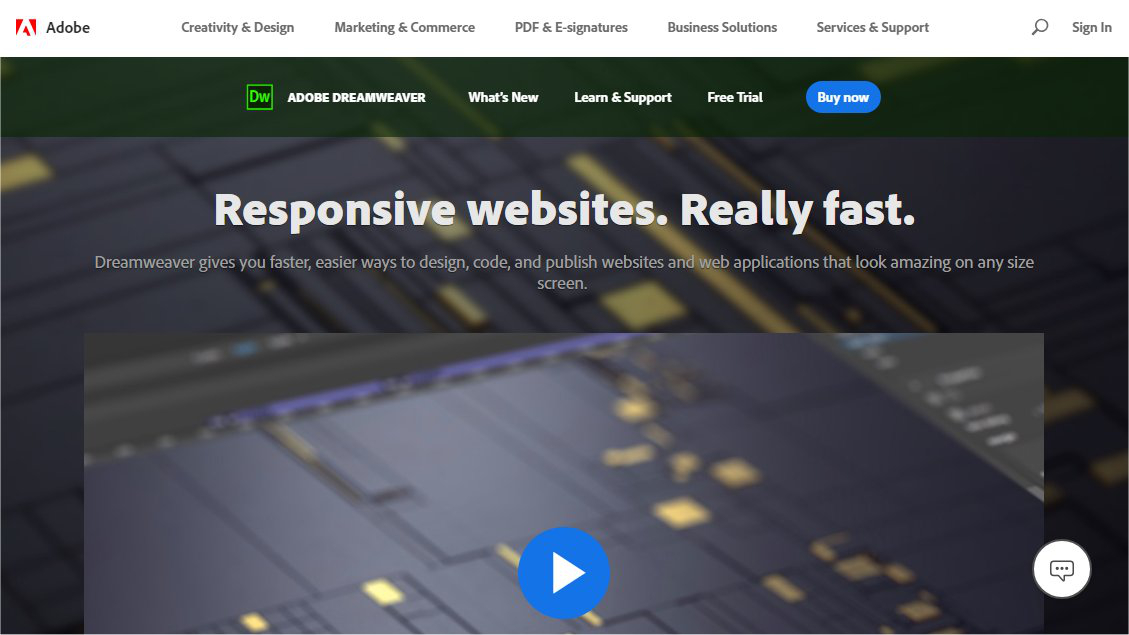
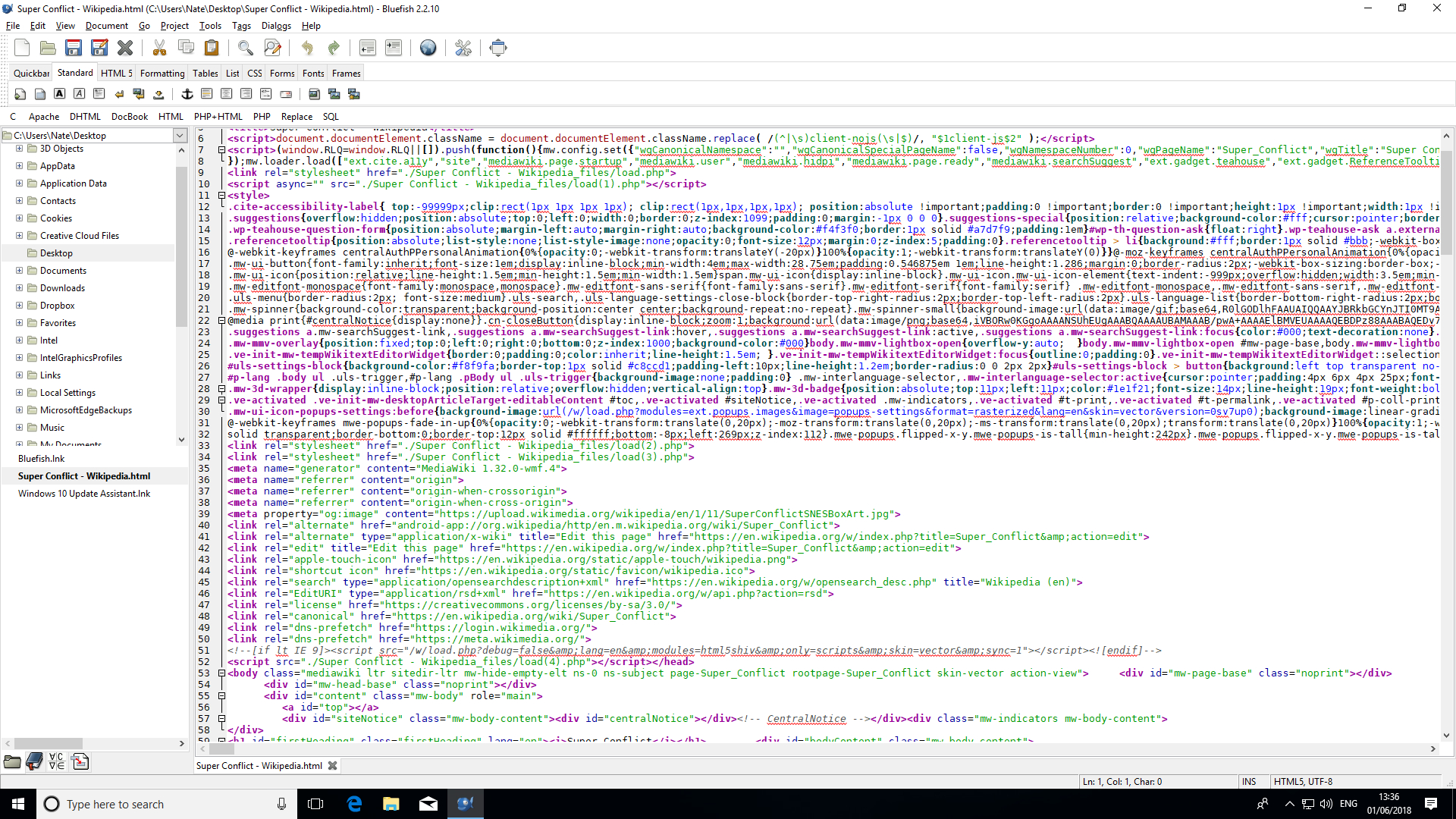
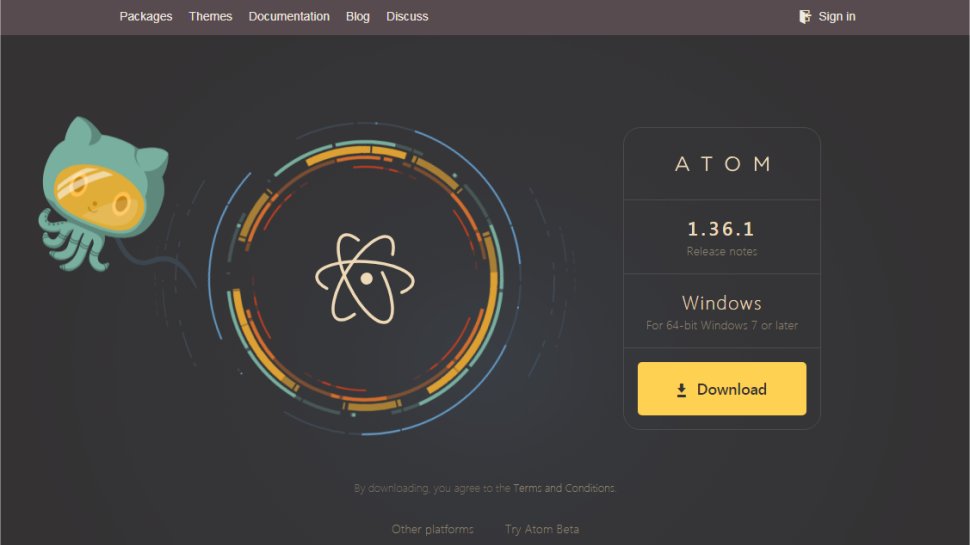

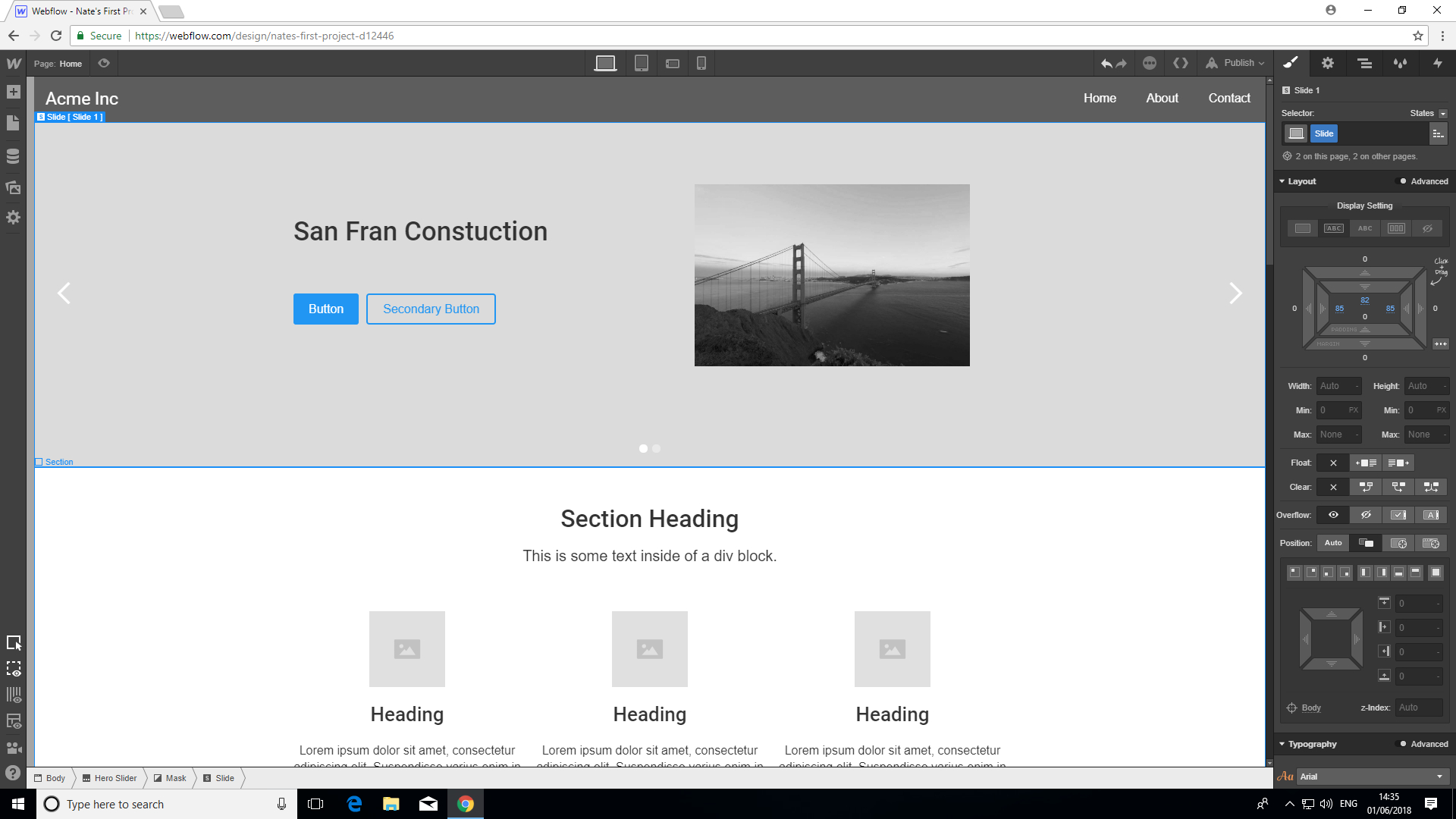
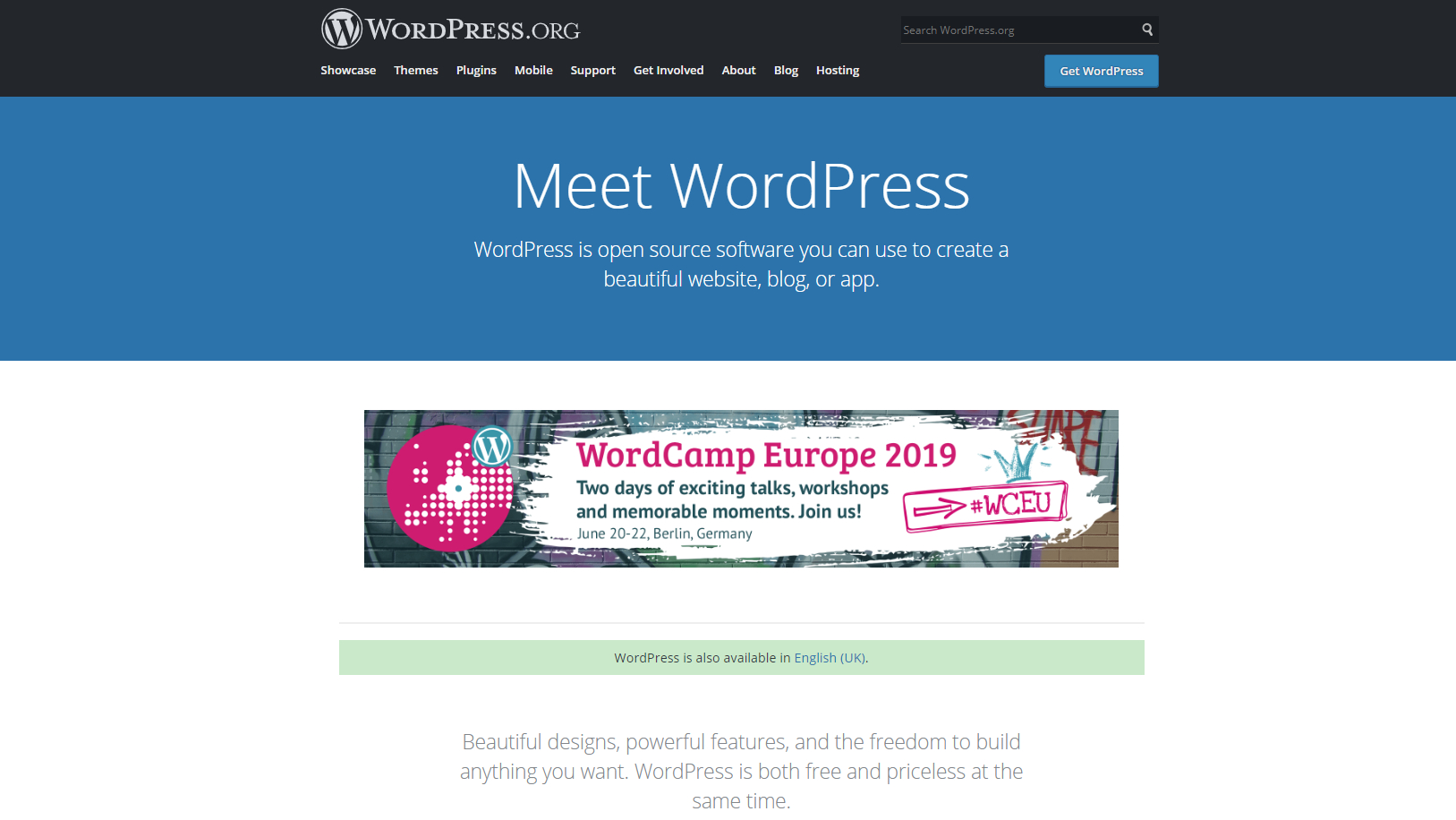
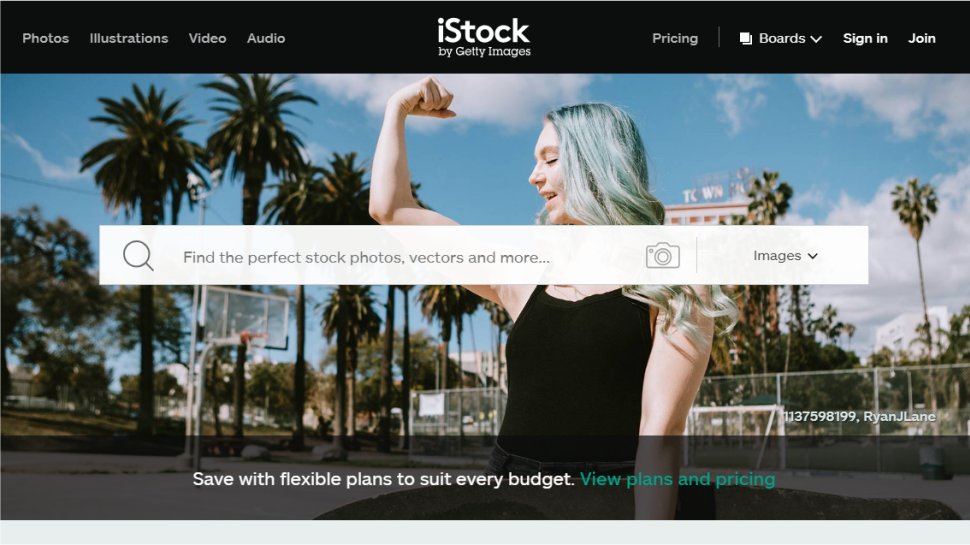











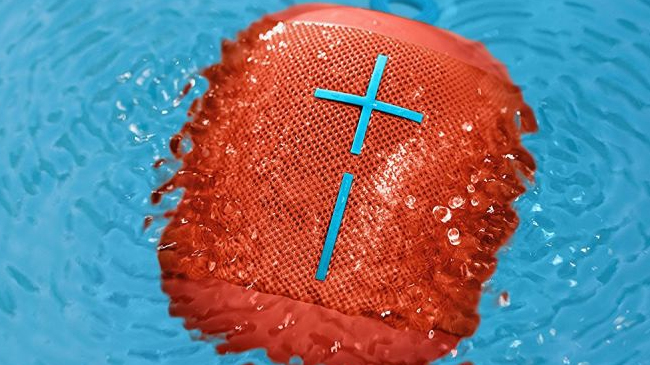









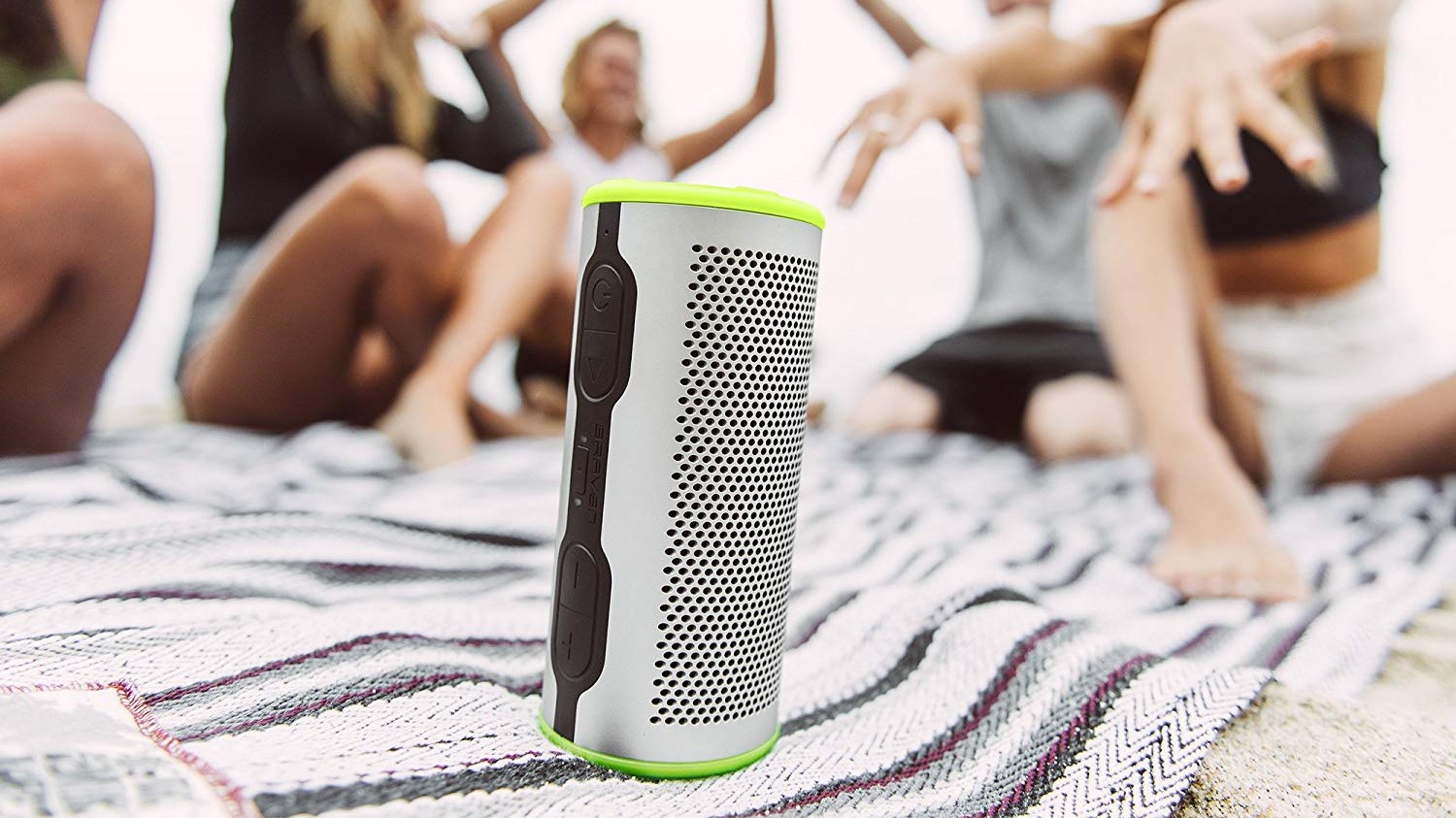





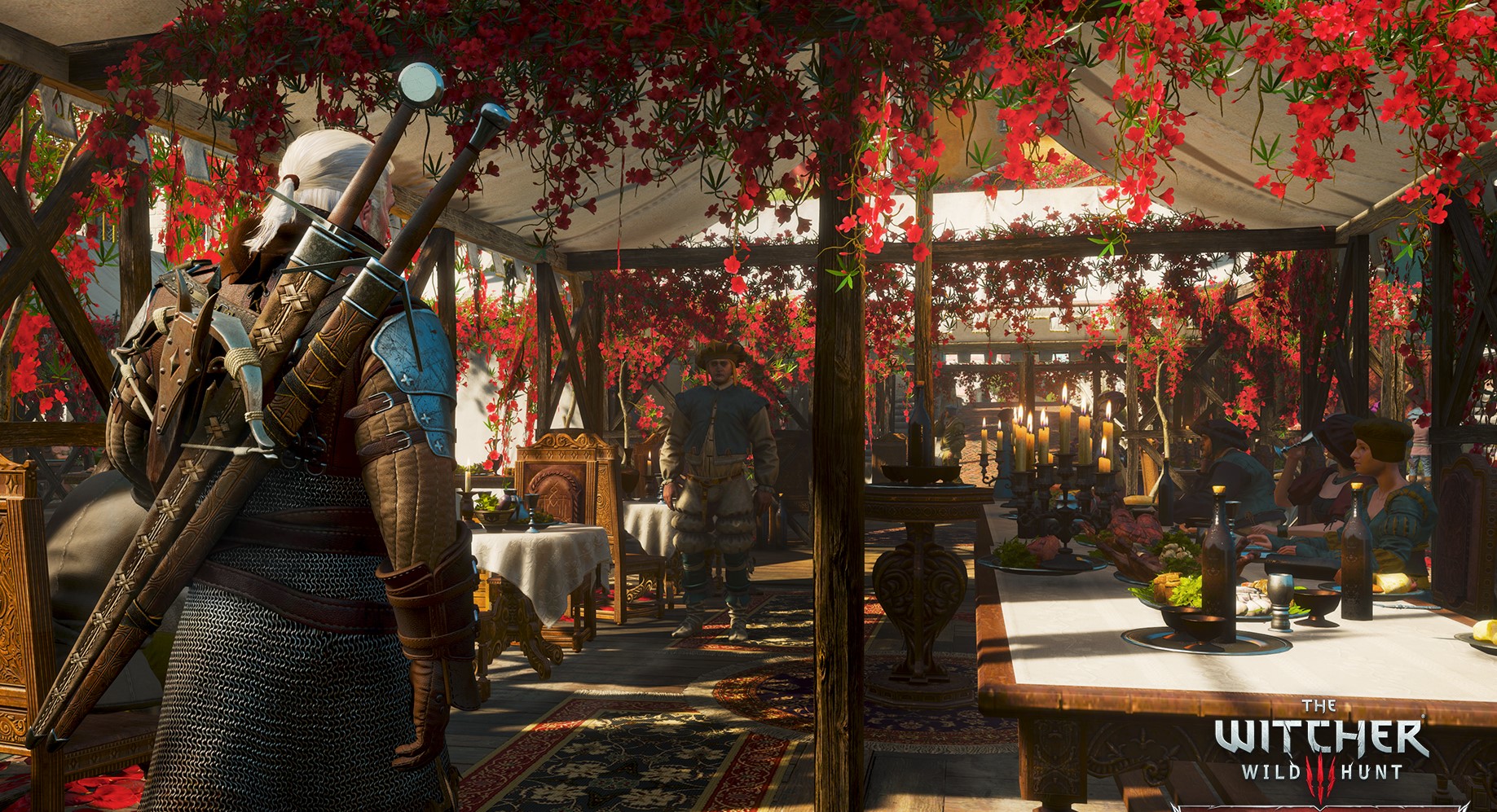
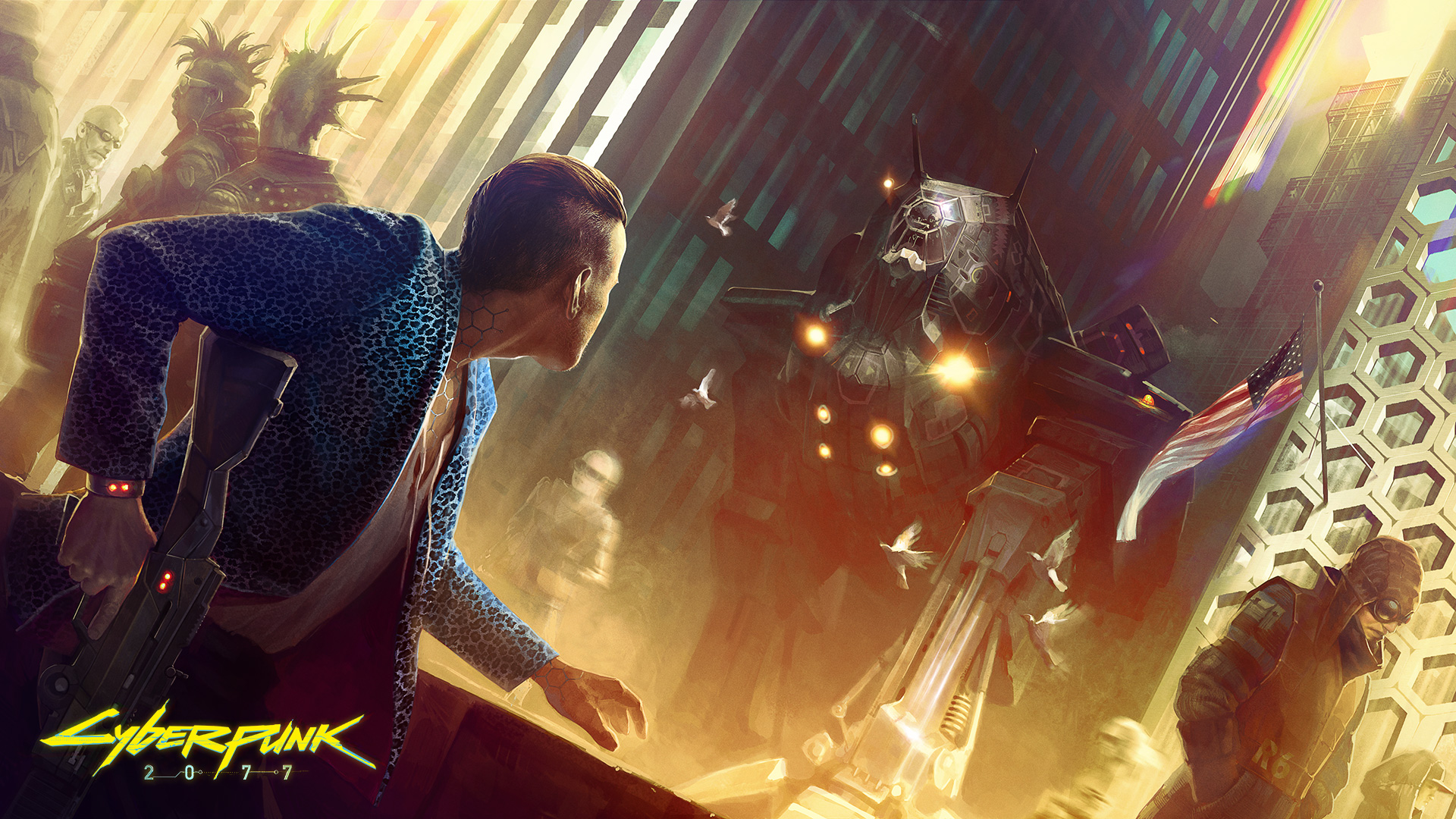
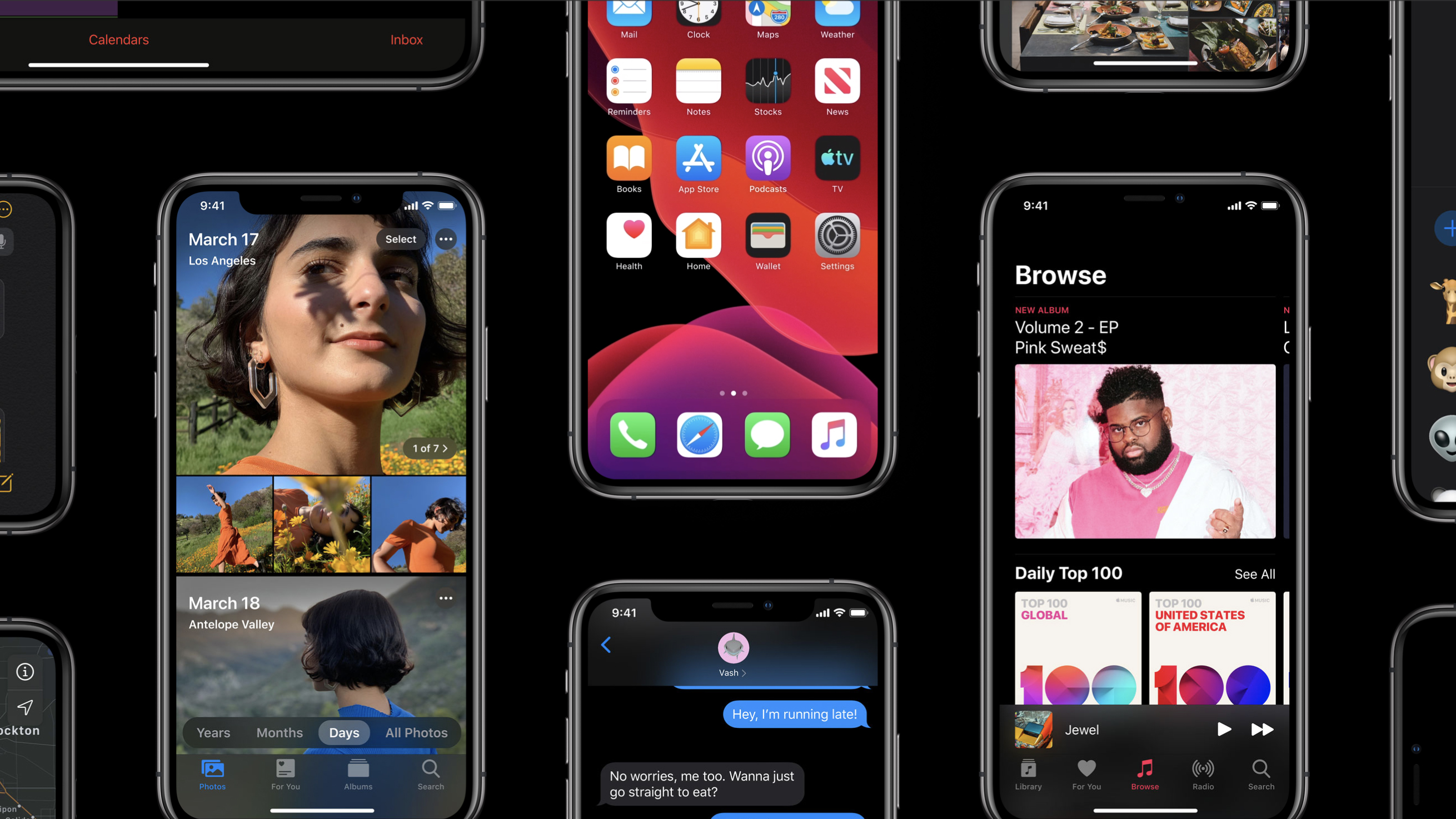
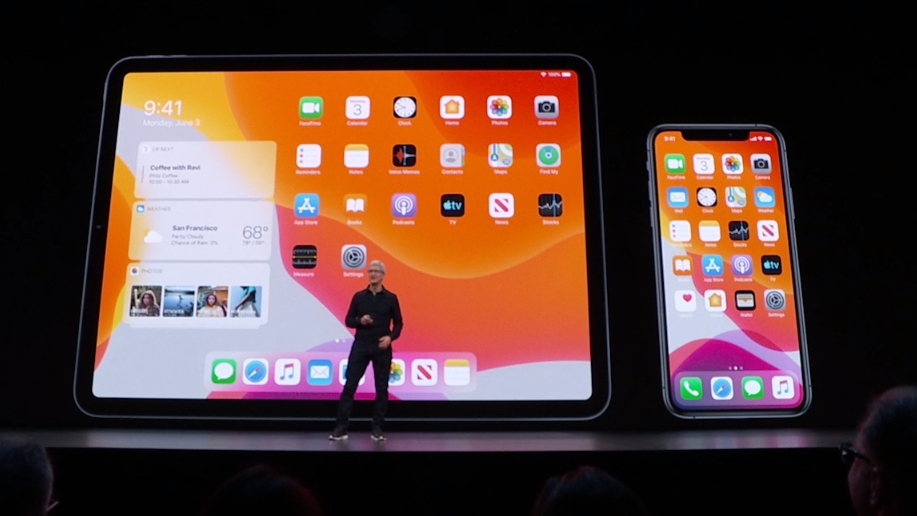
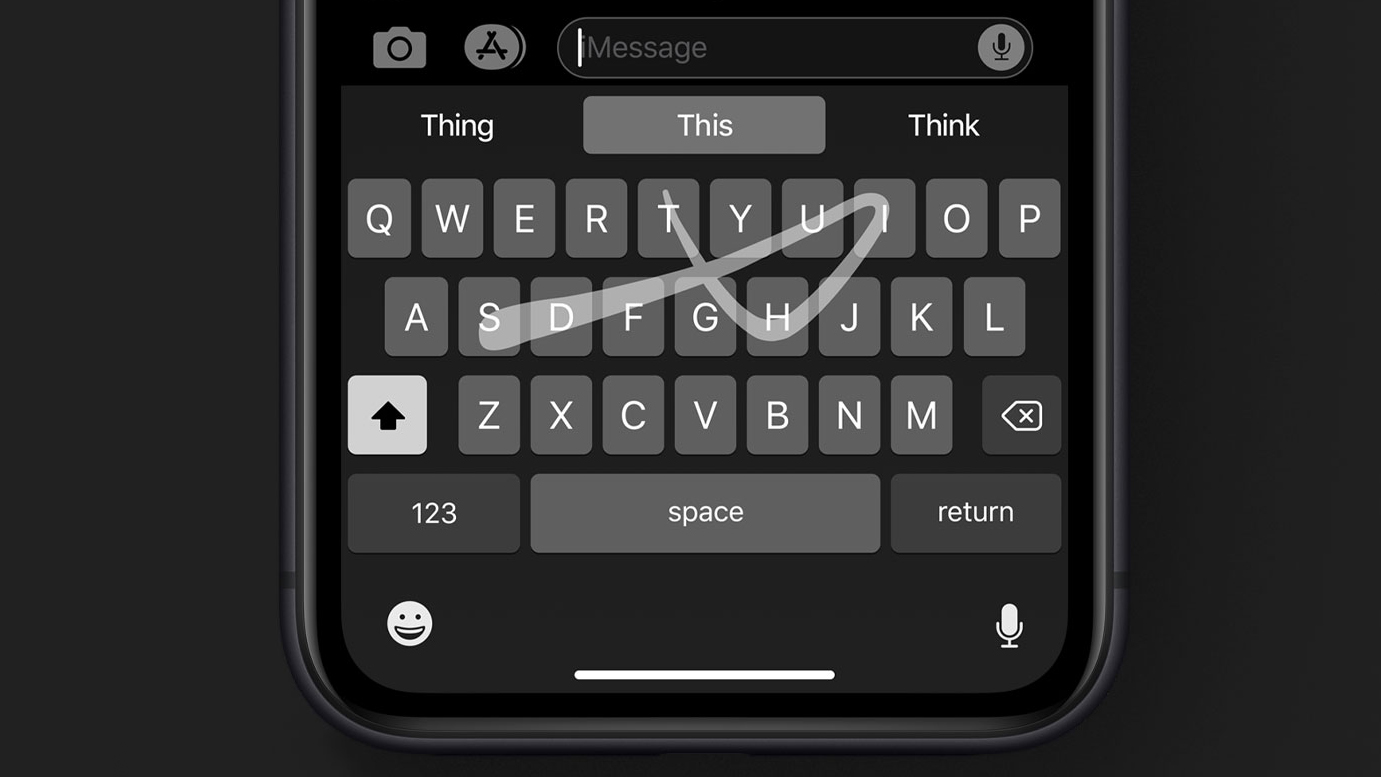


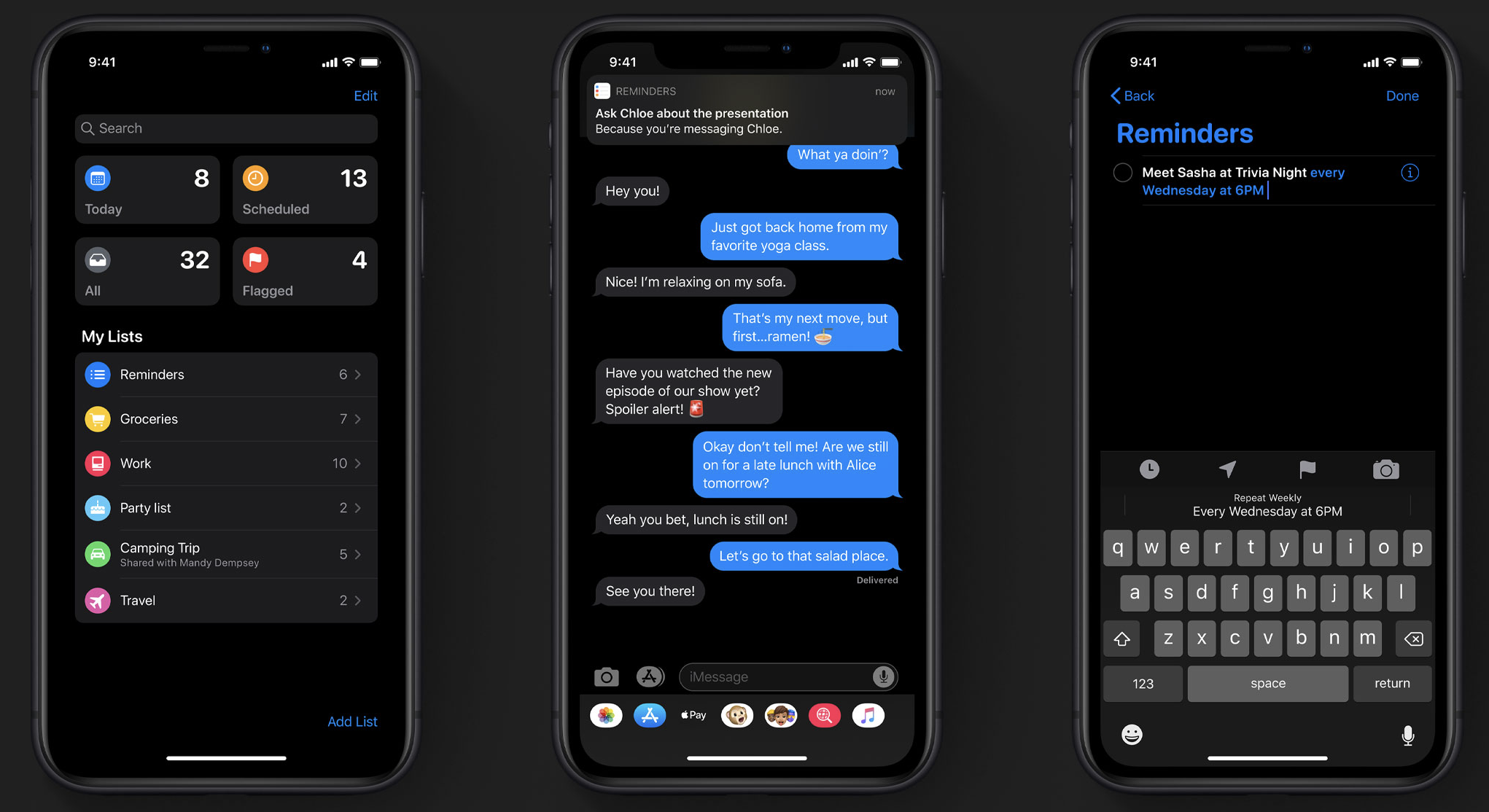
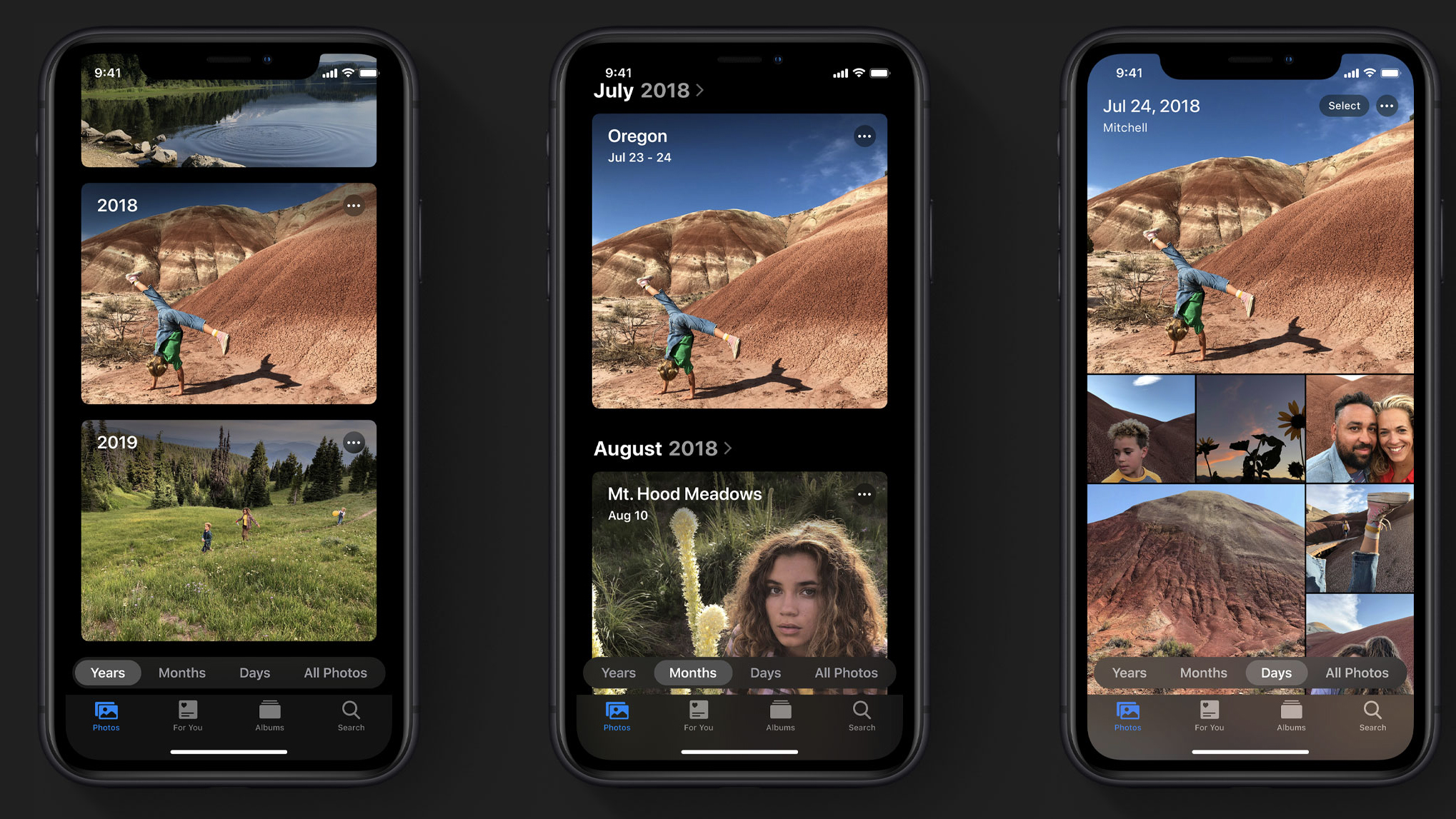

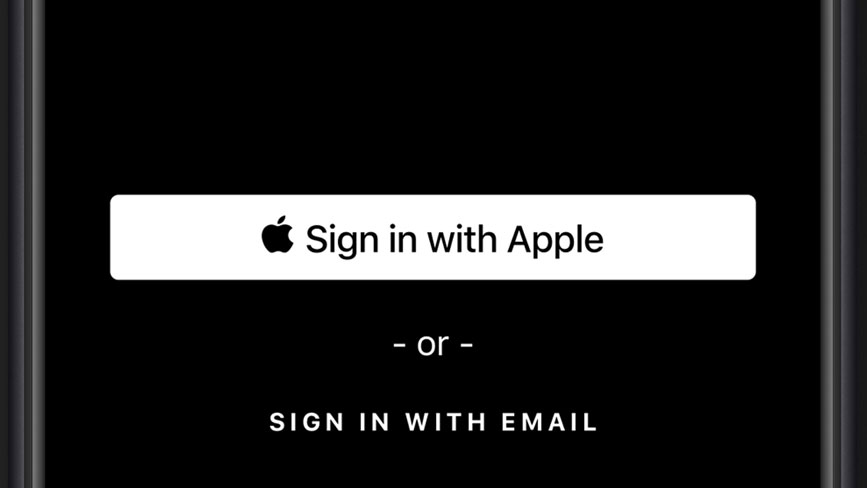
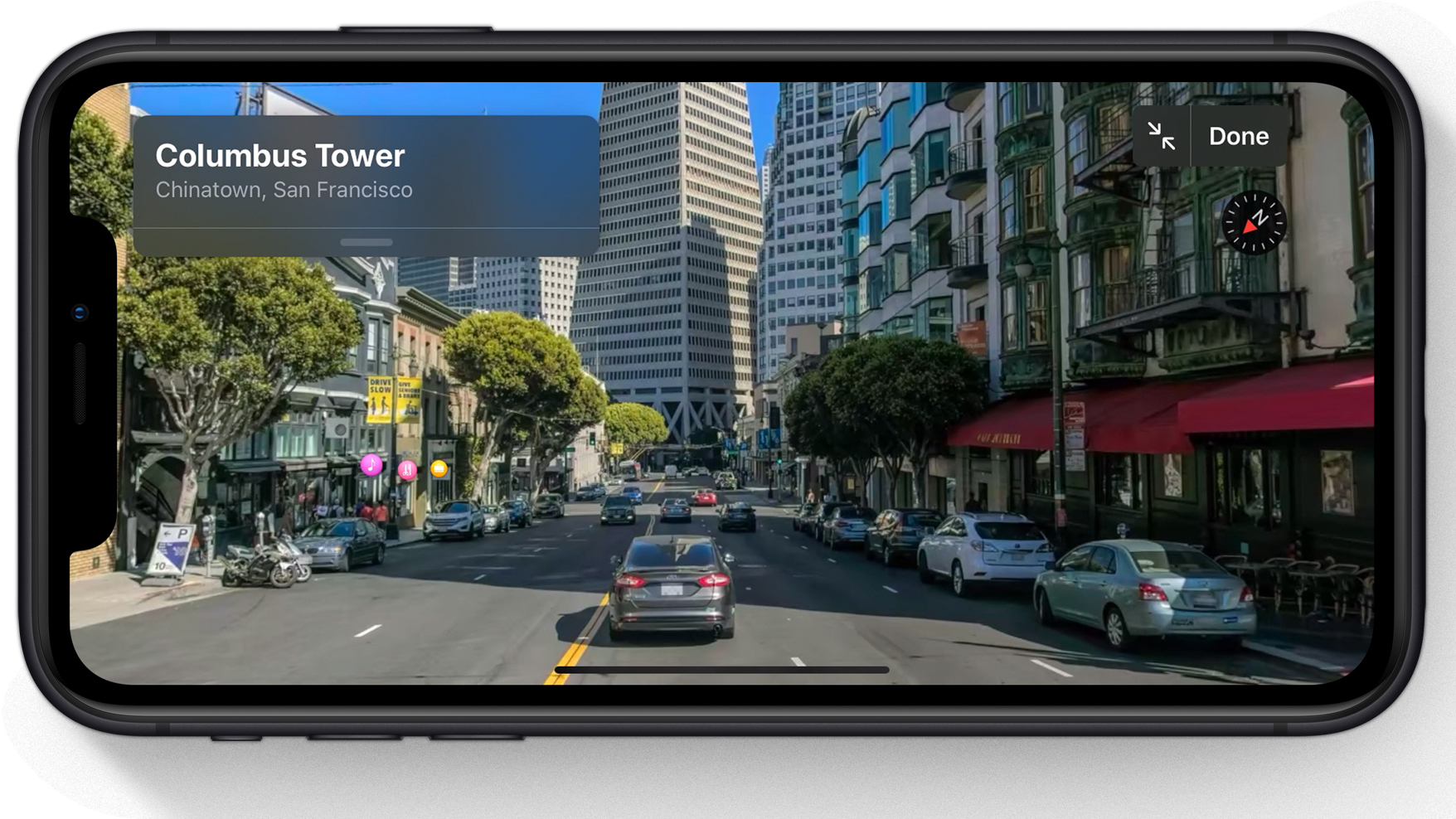

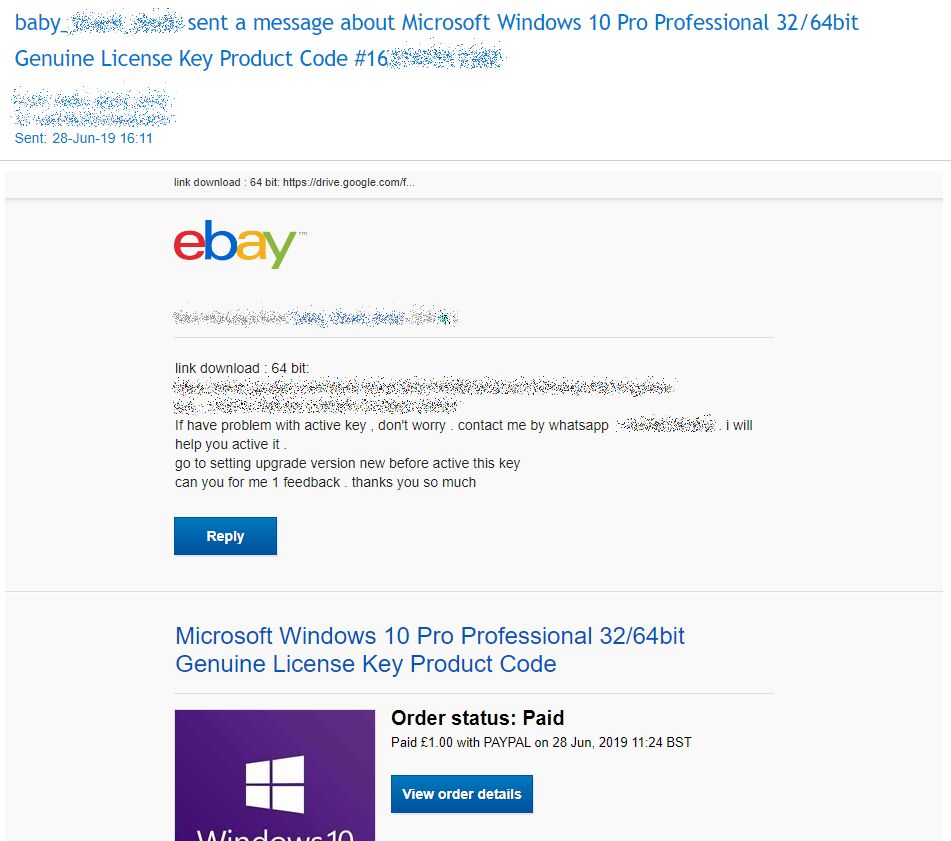

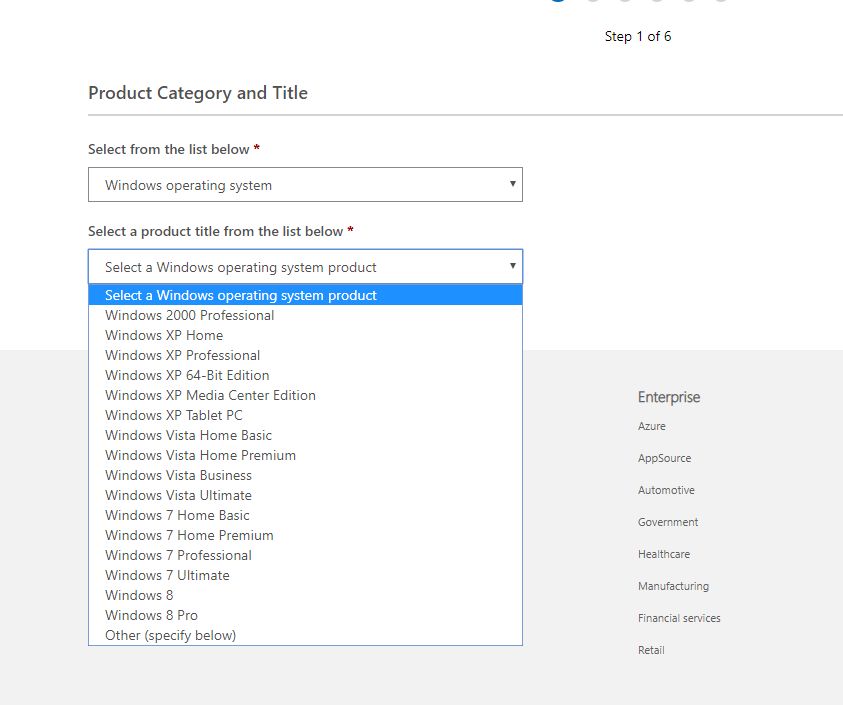
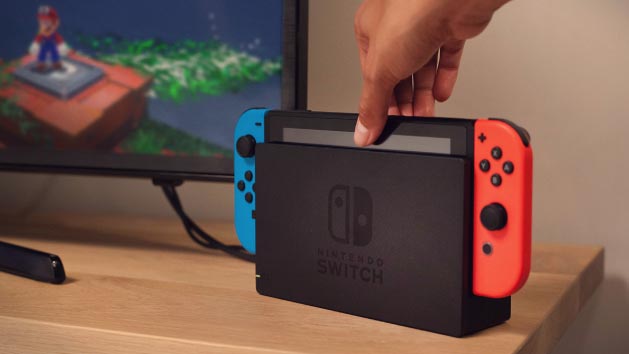
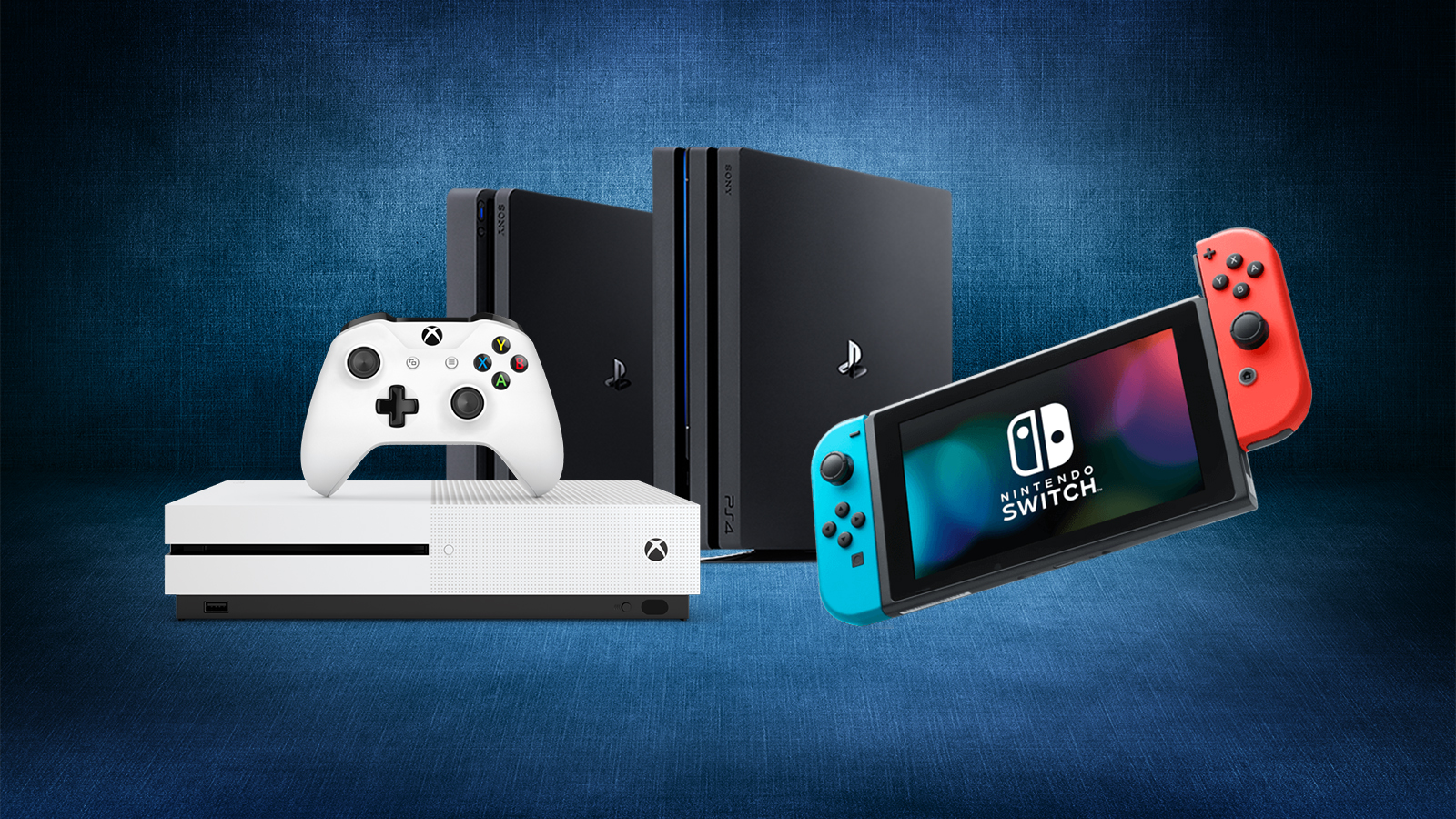

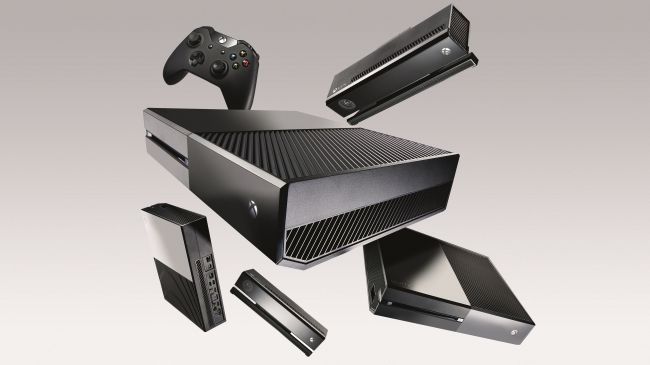

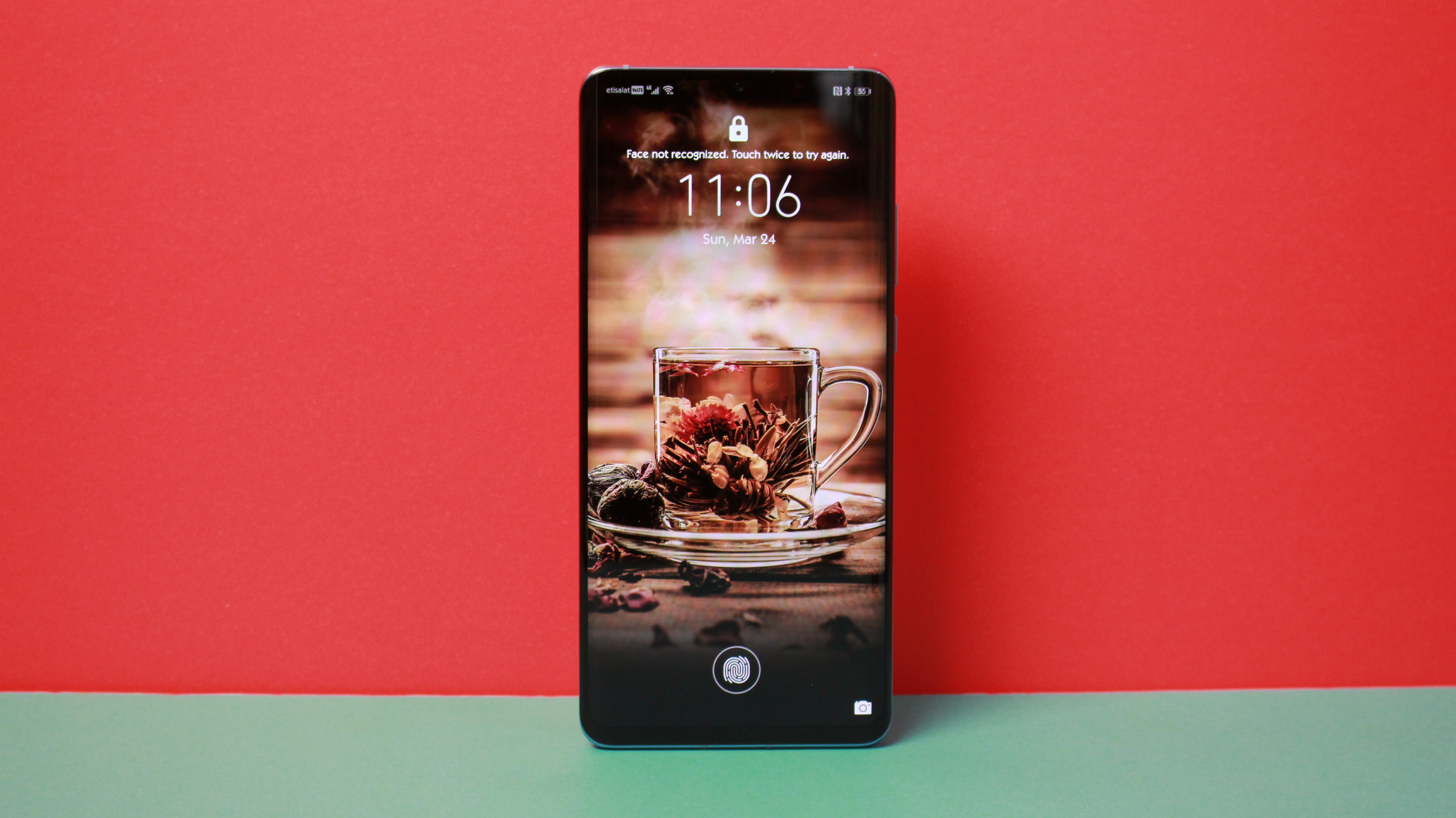
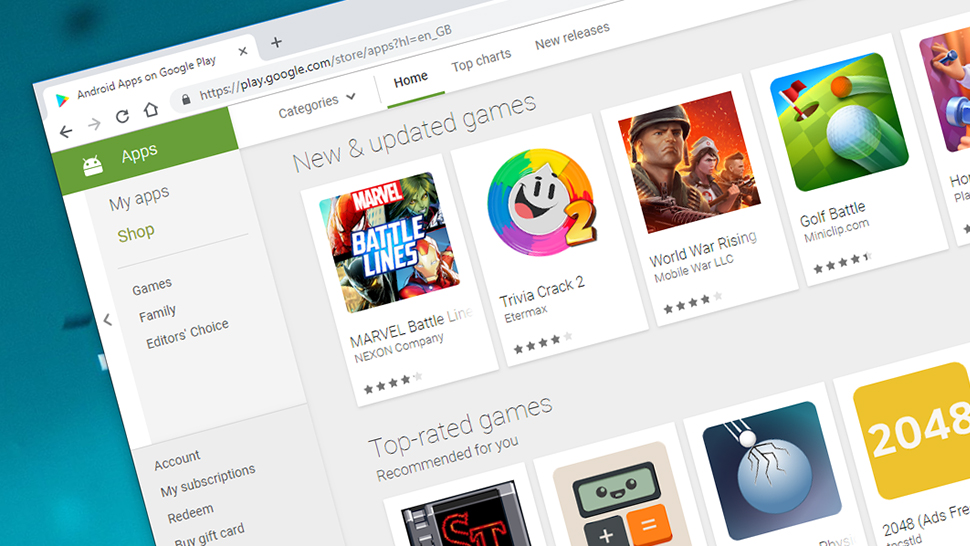

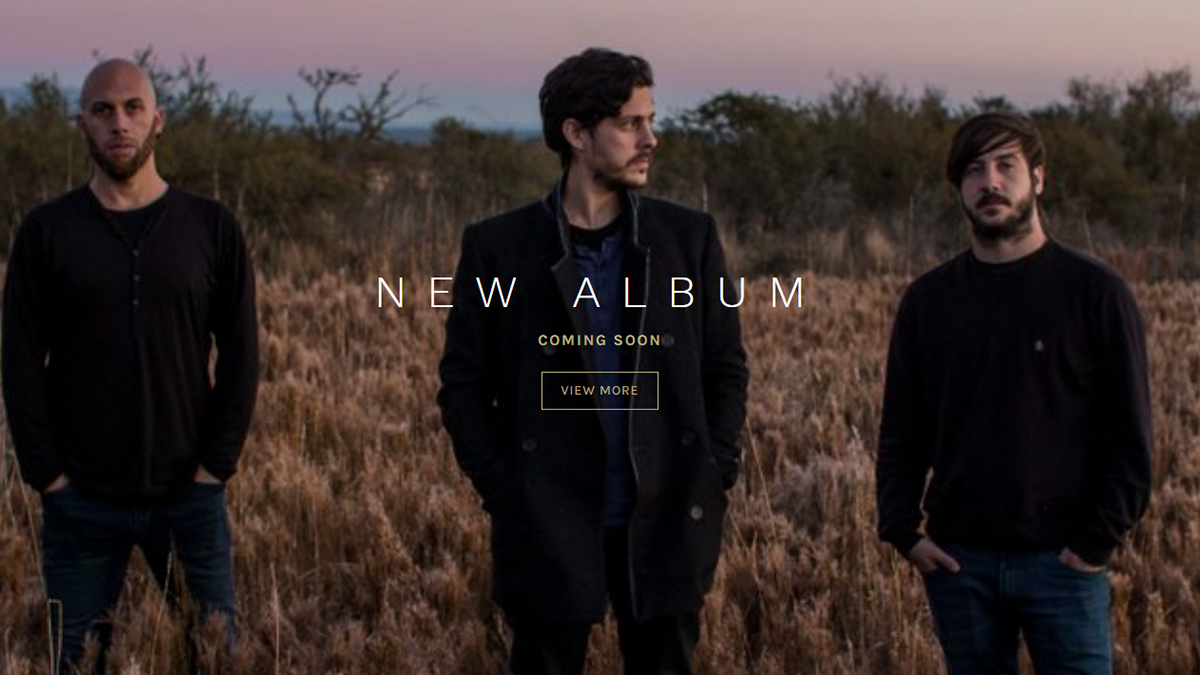


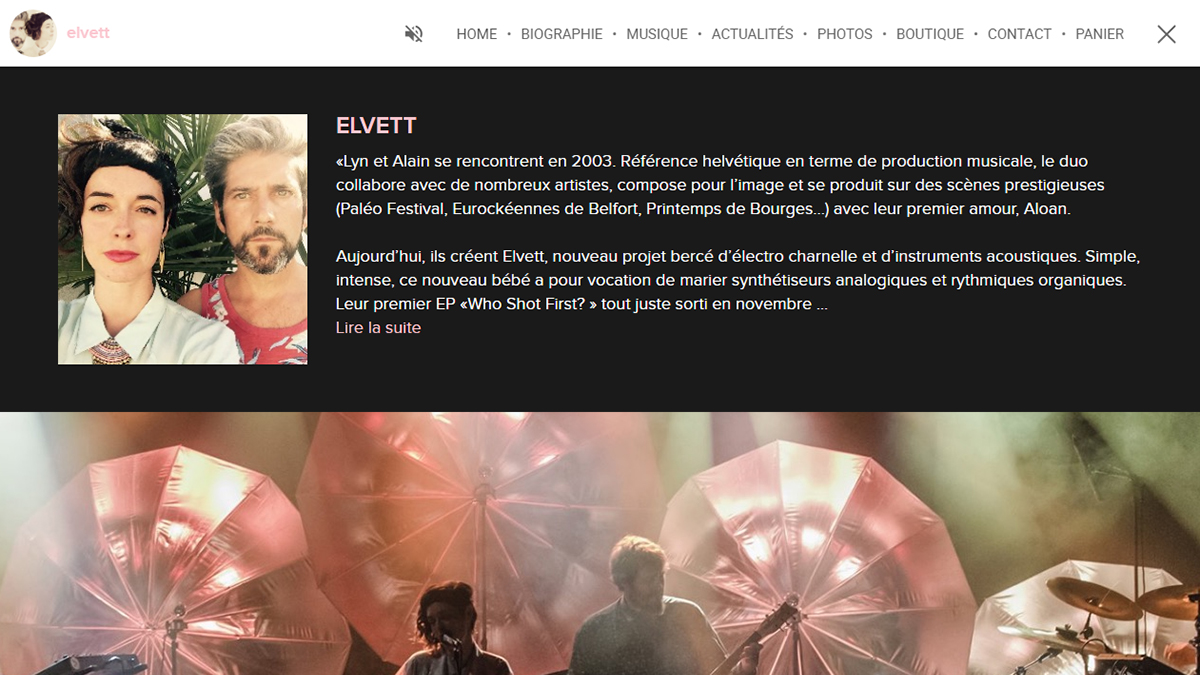
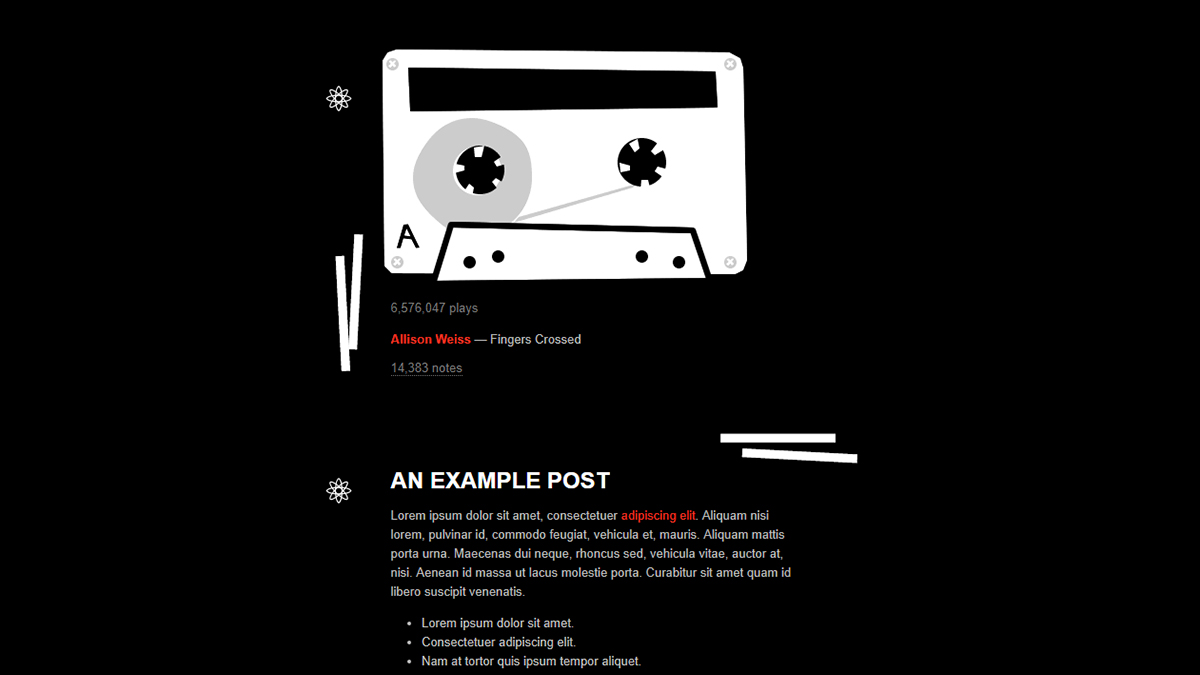
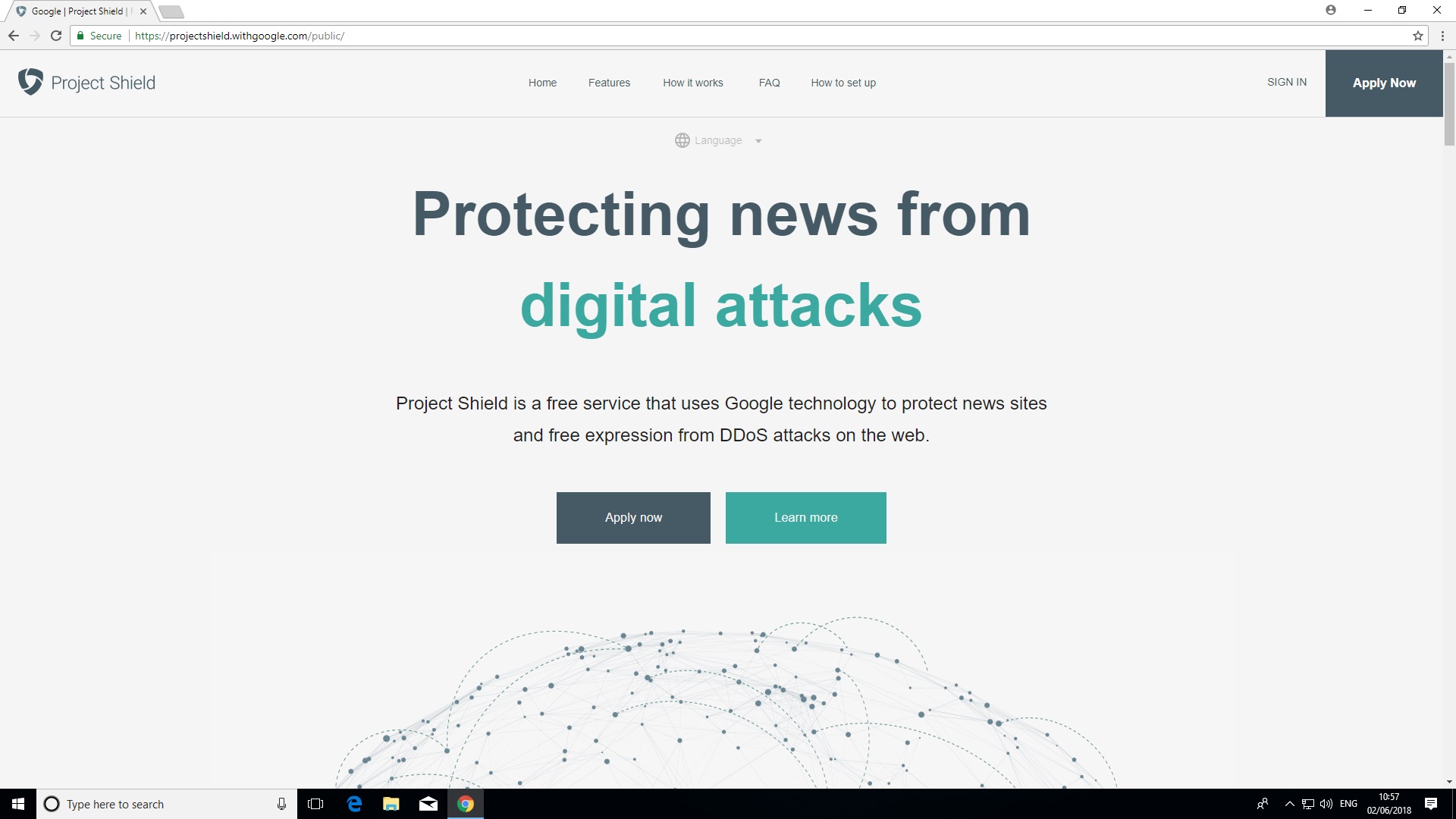
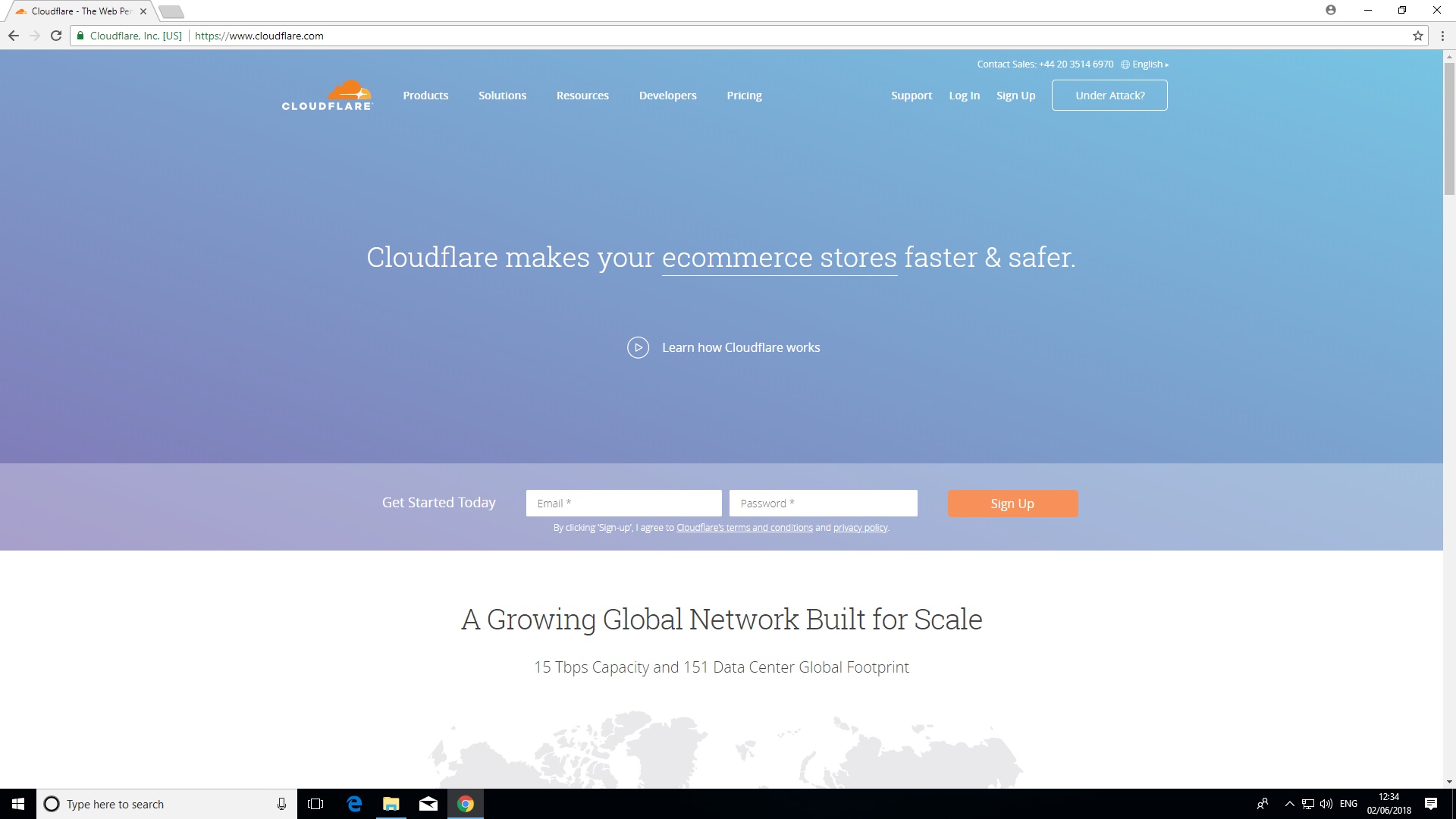

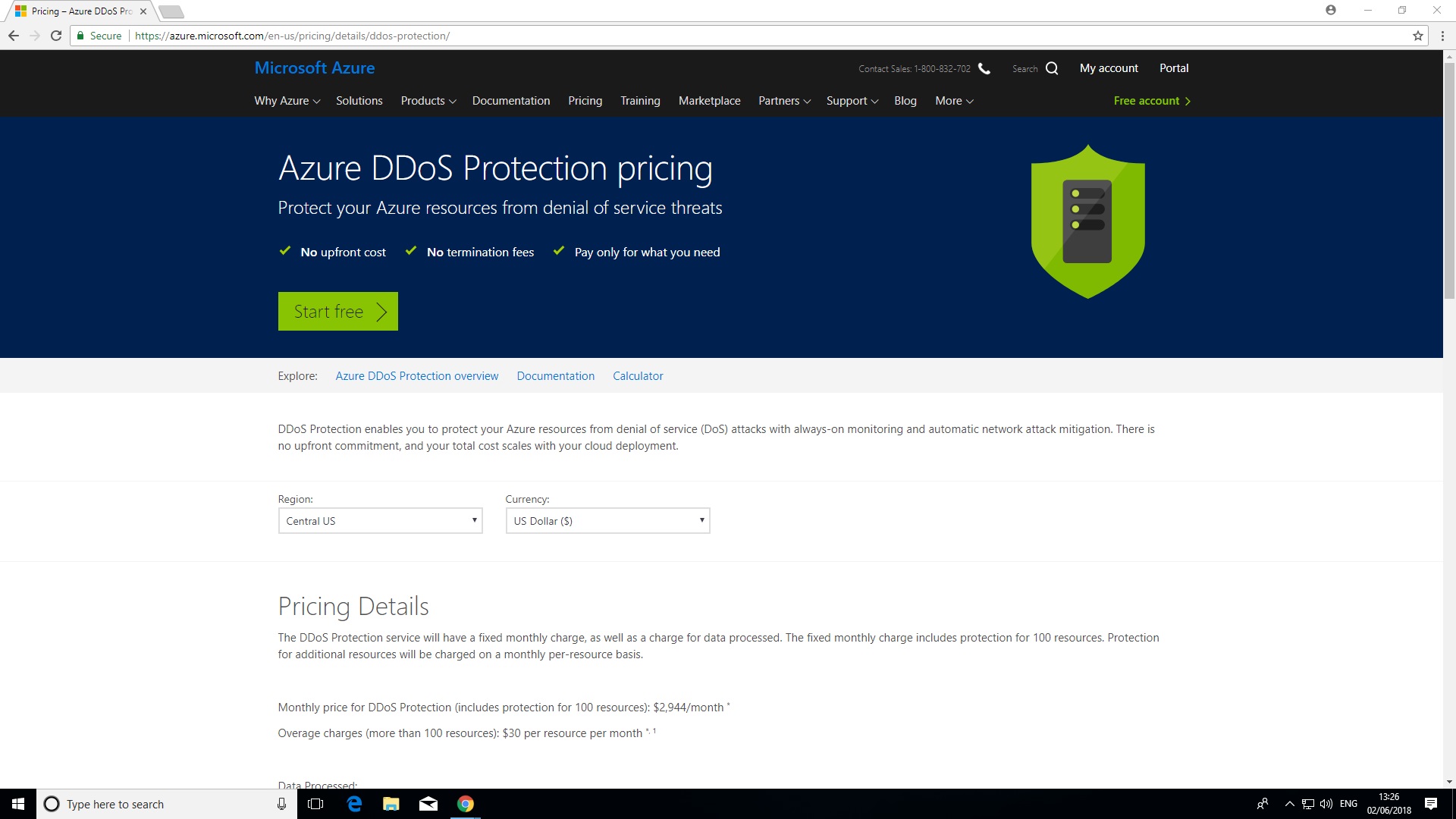
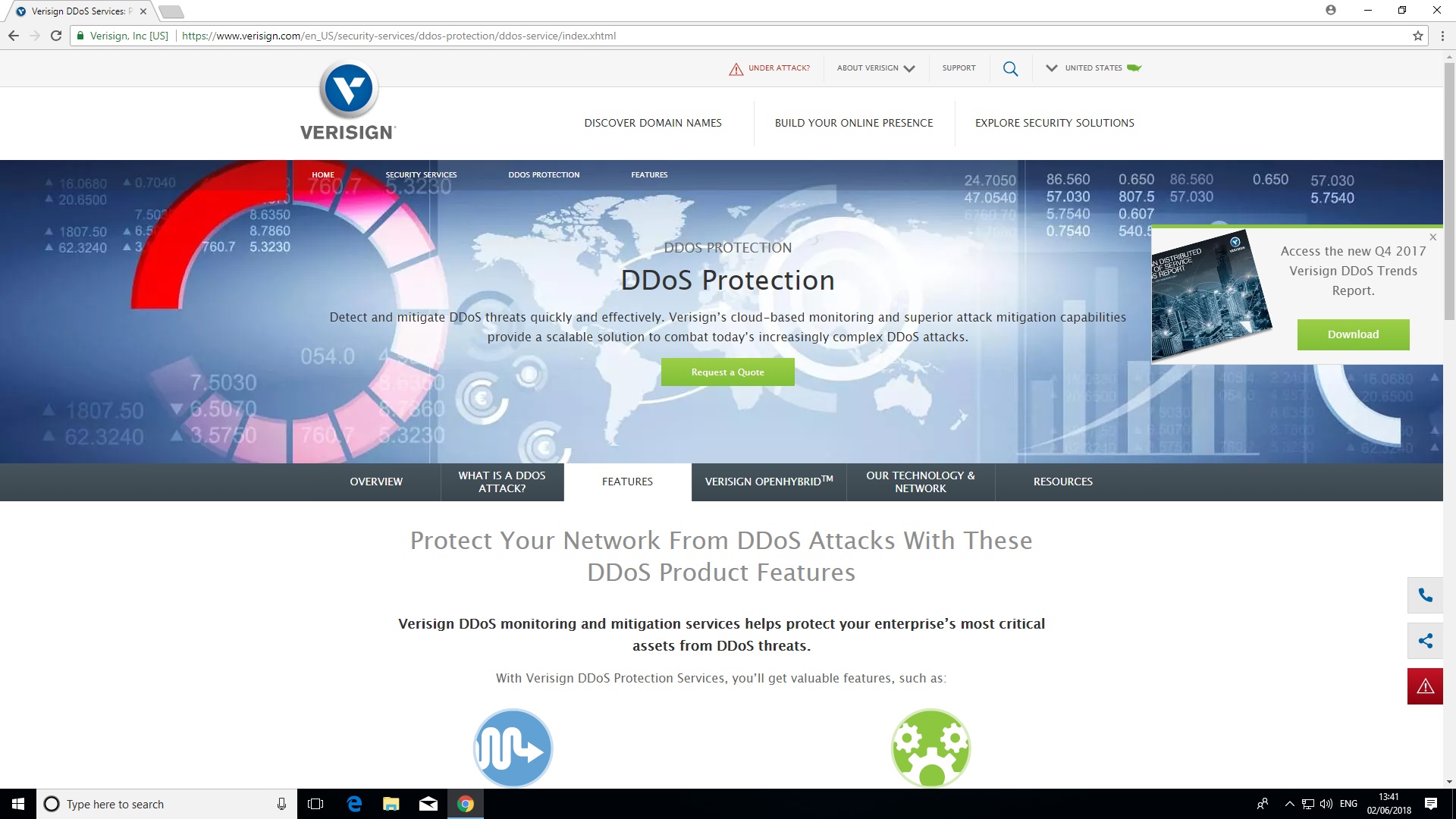

No comments:
Post a Comment